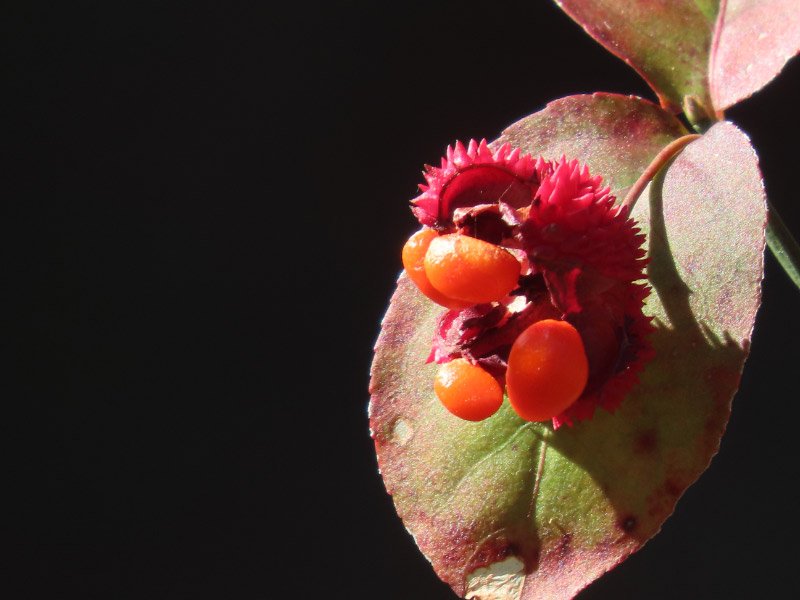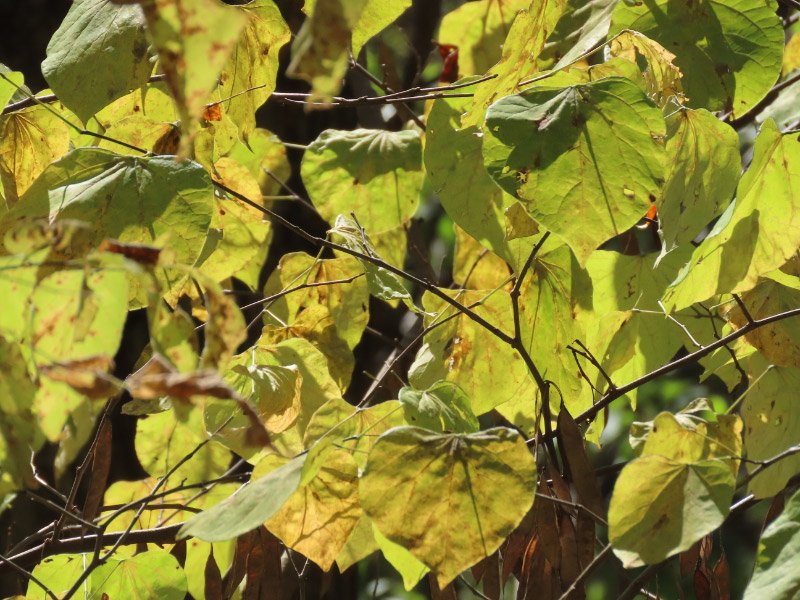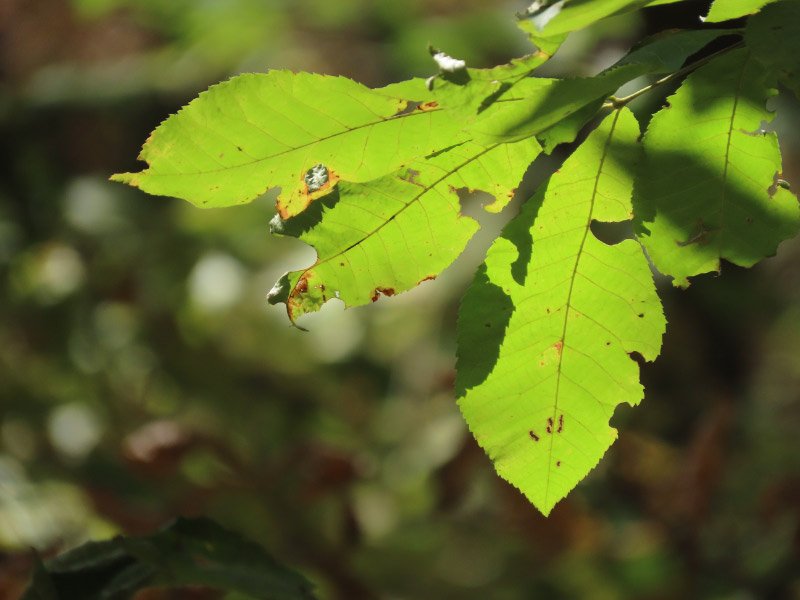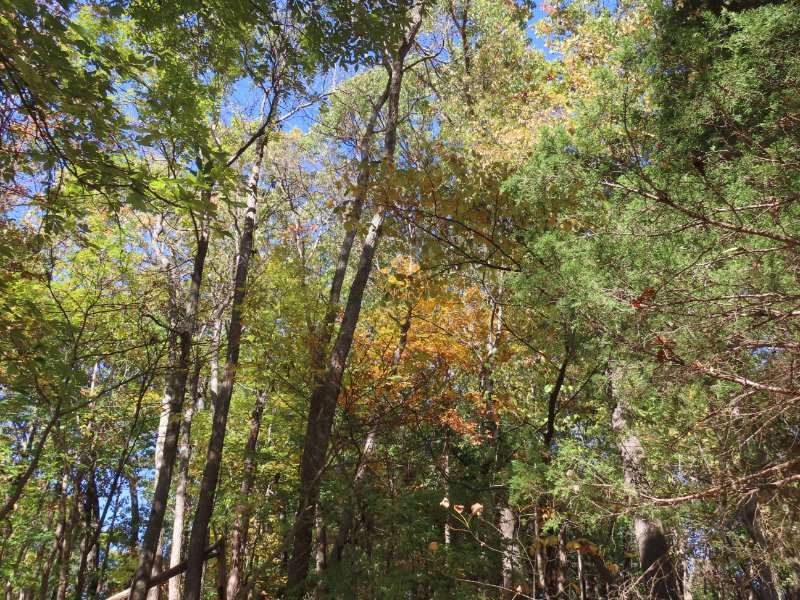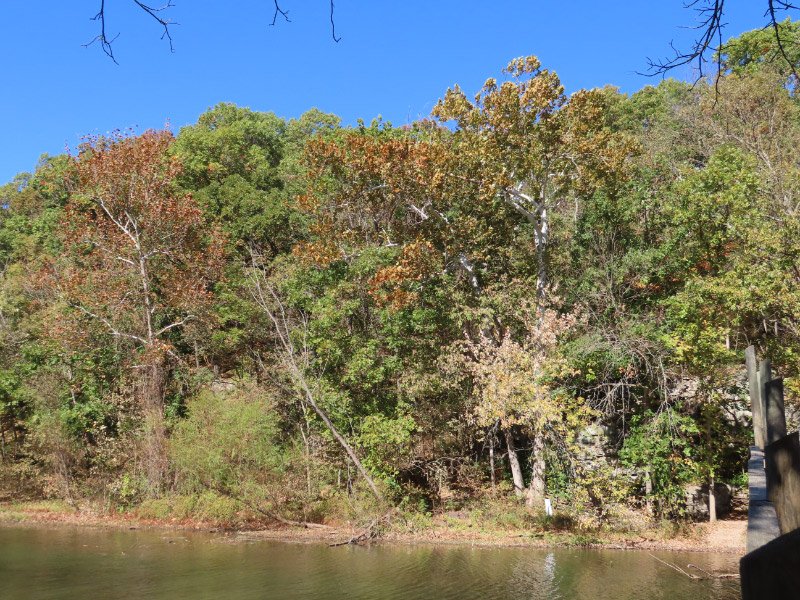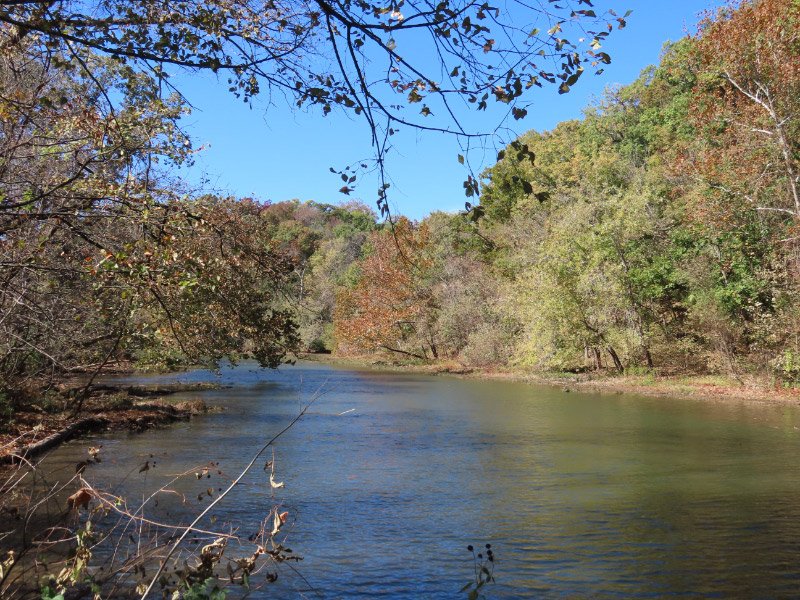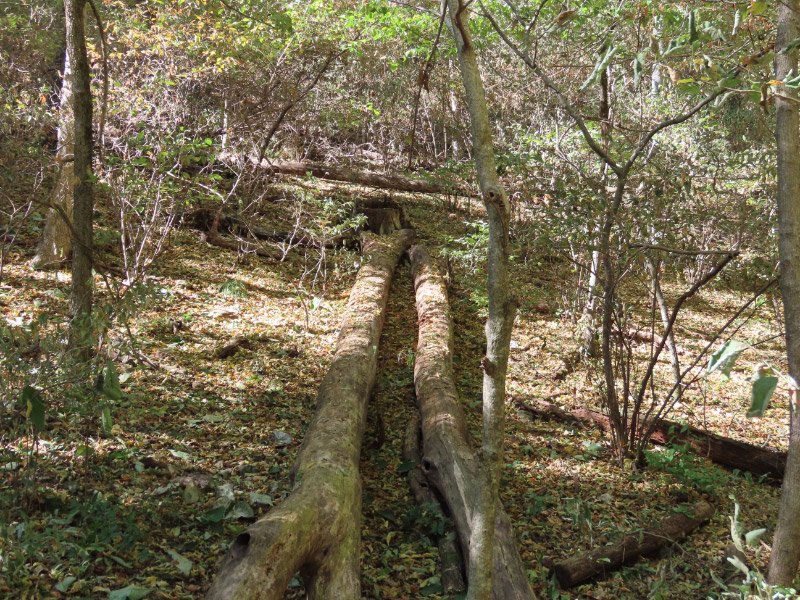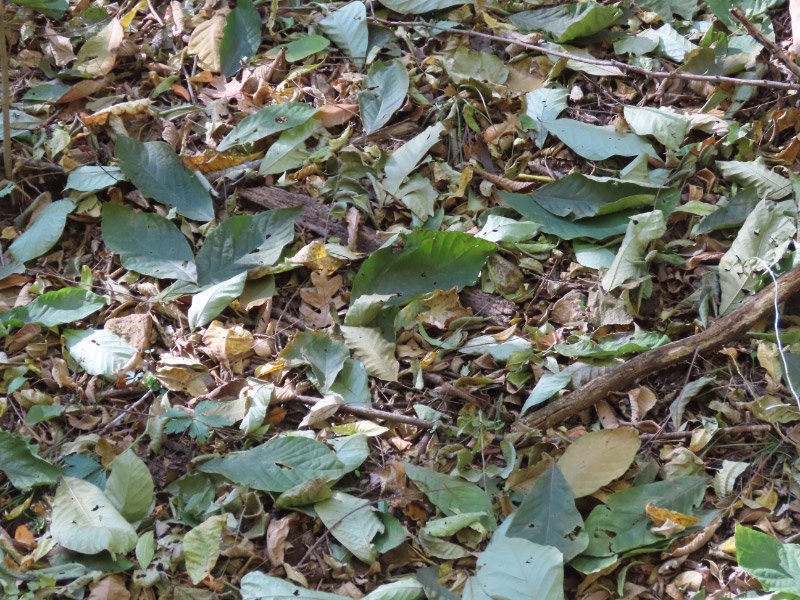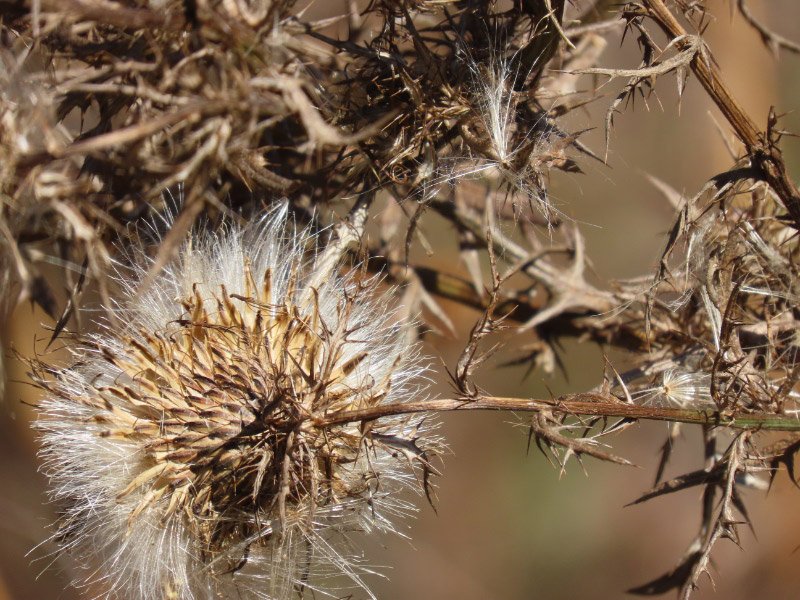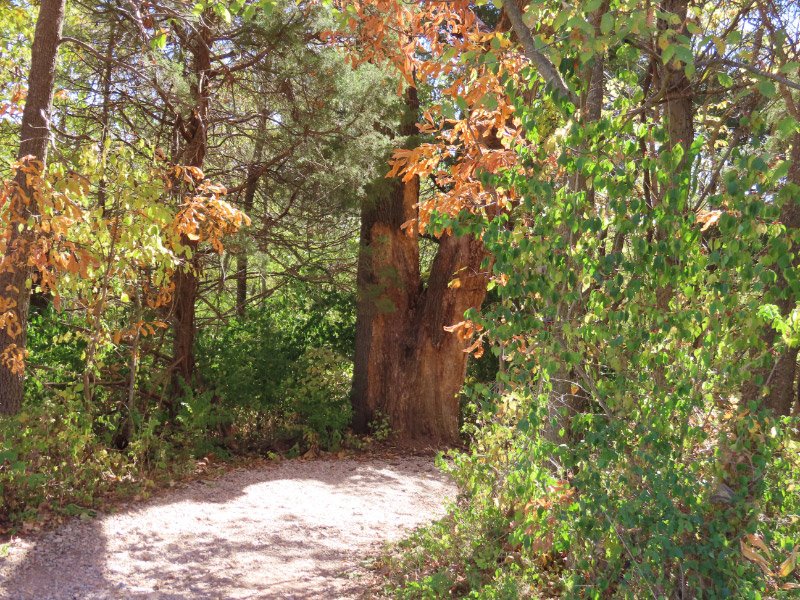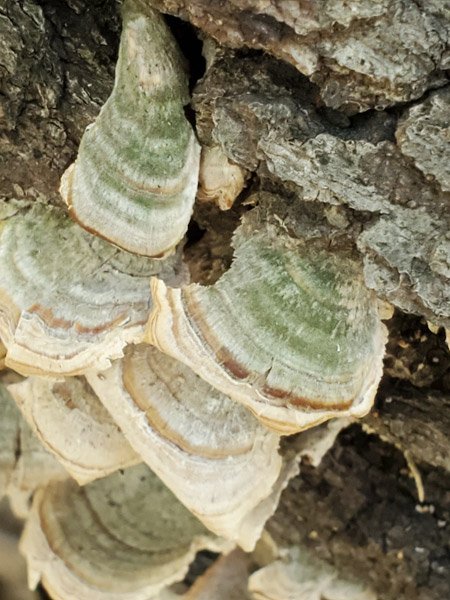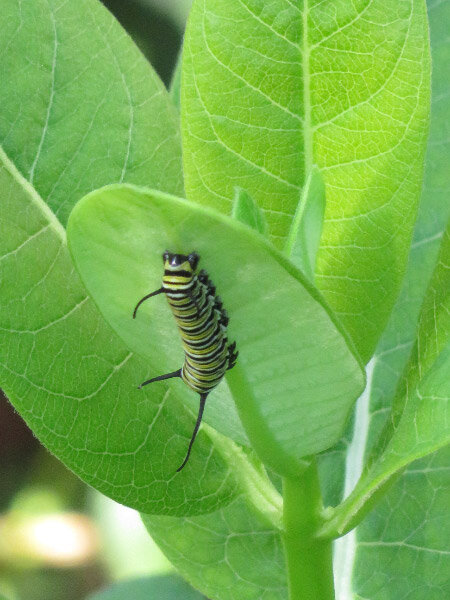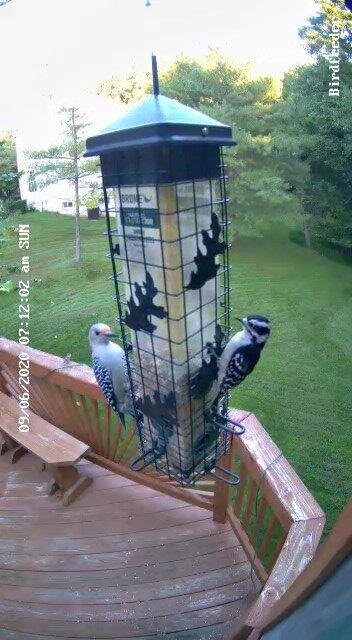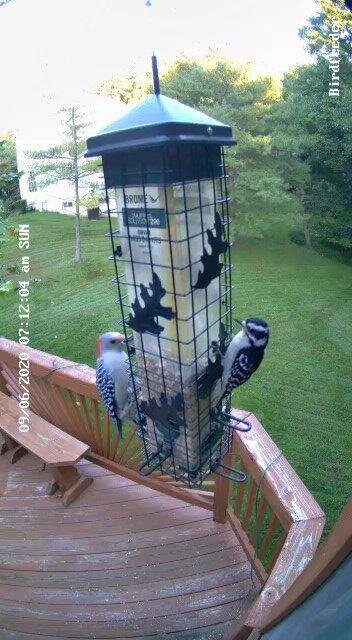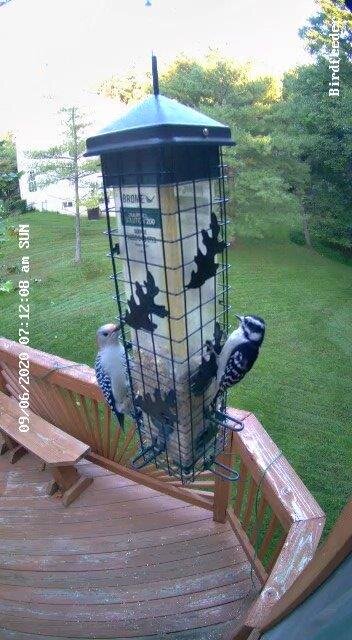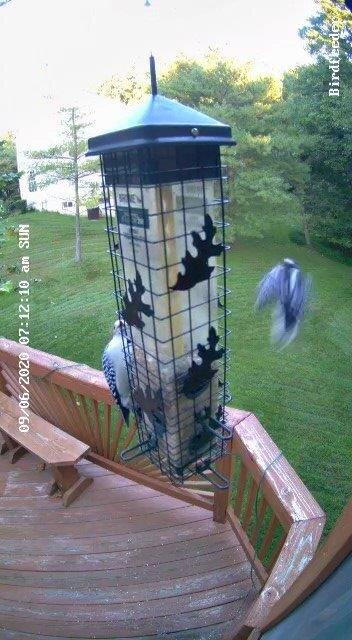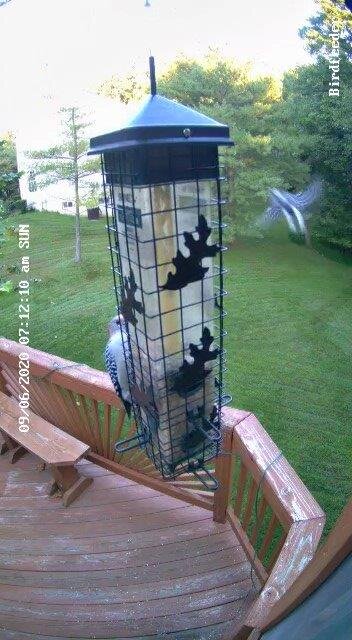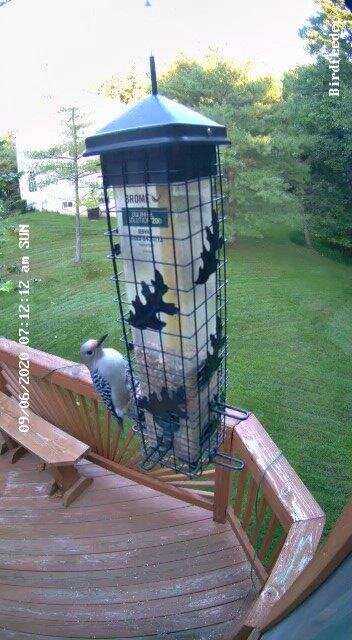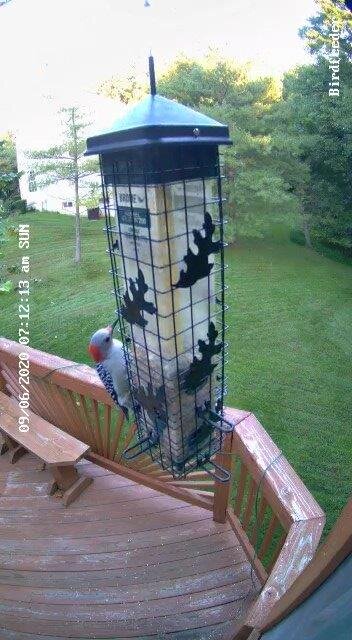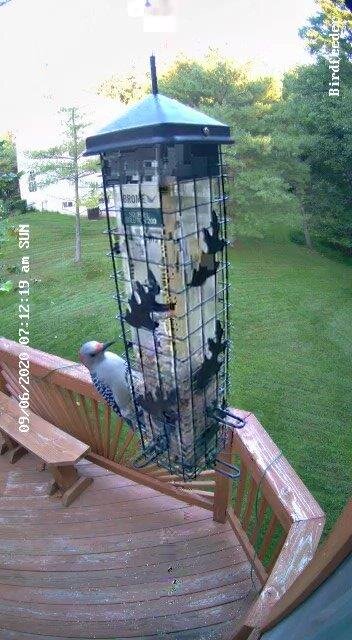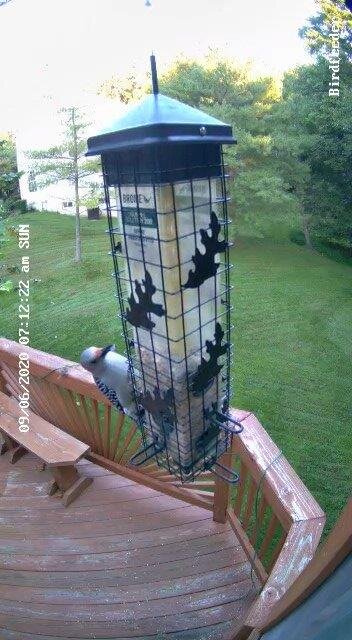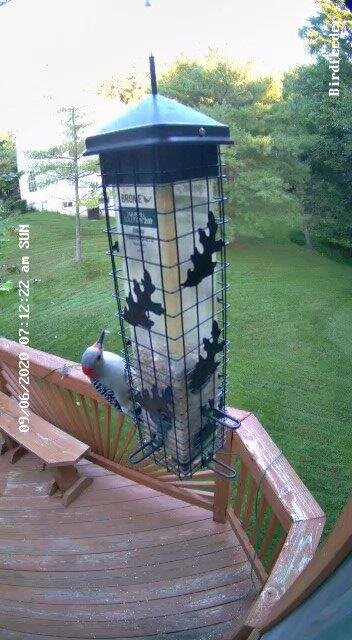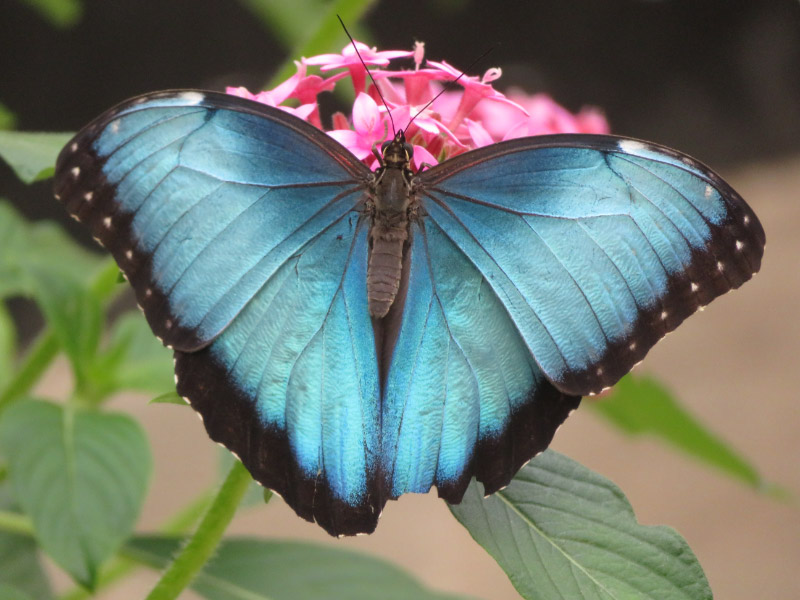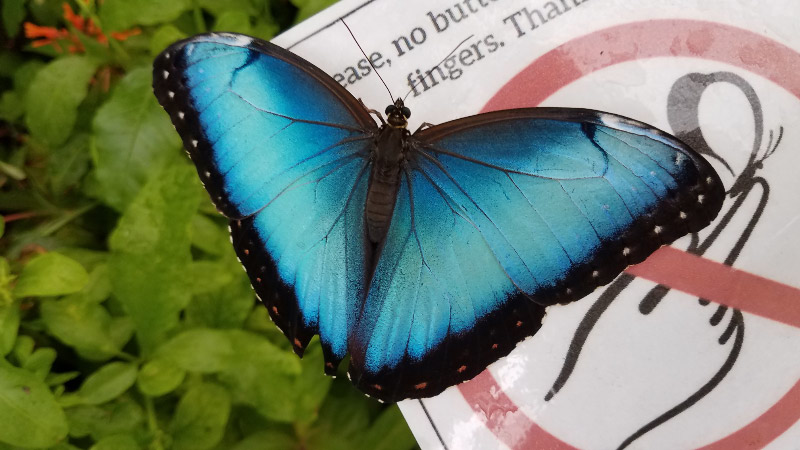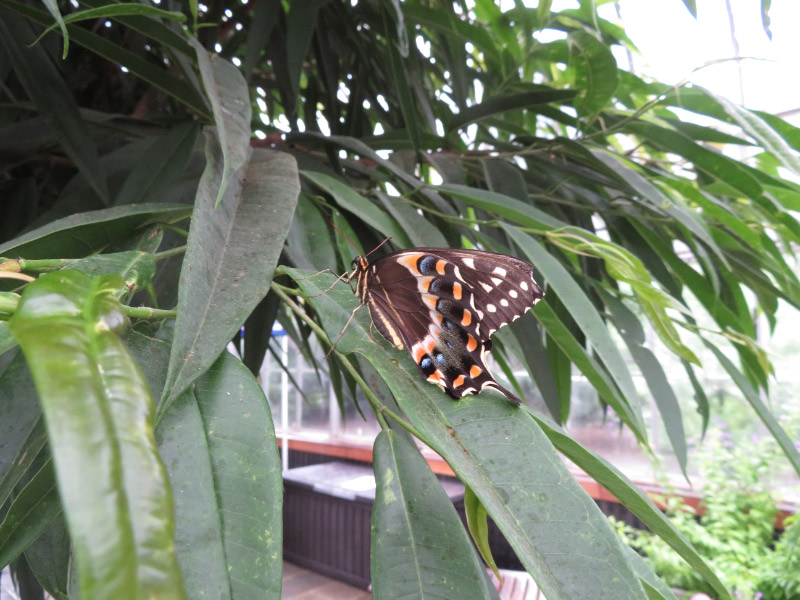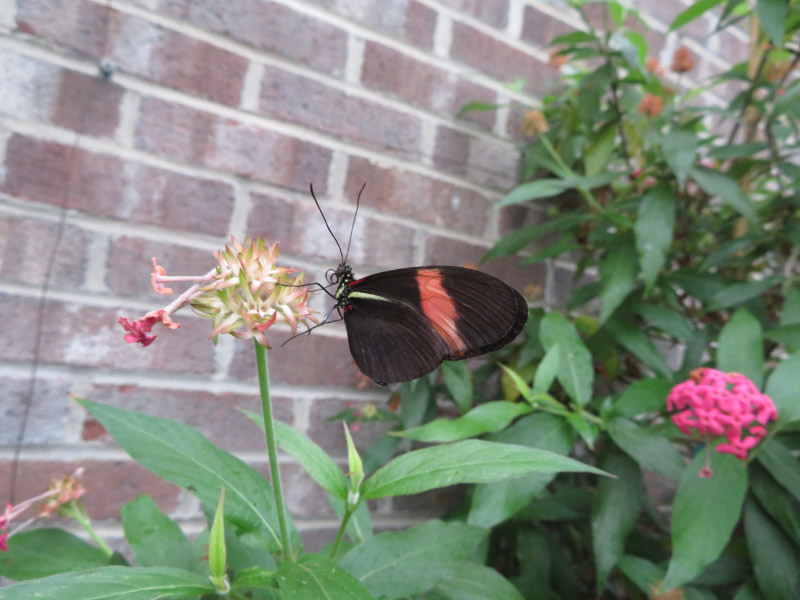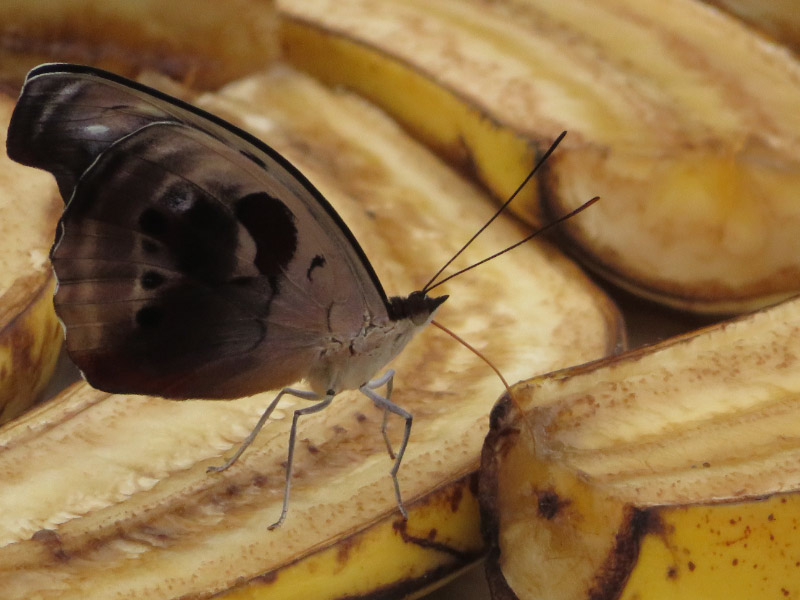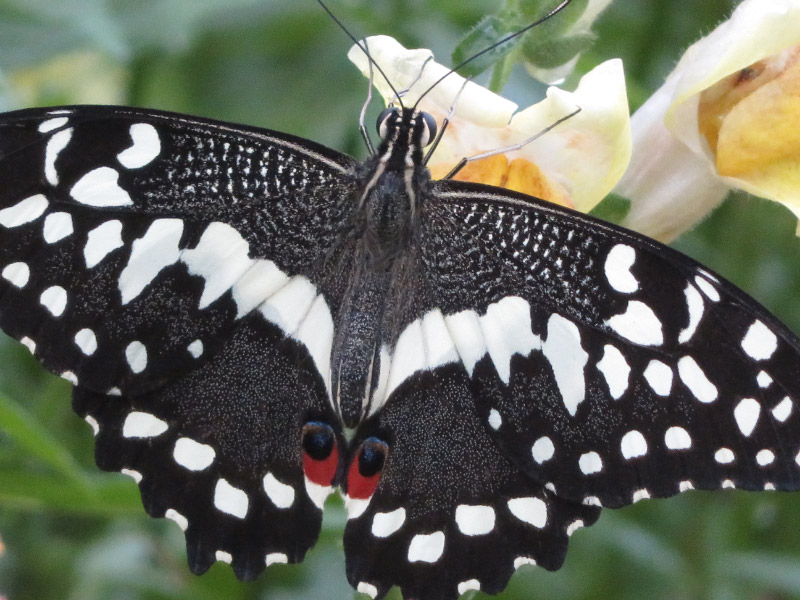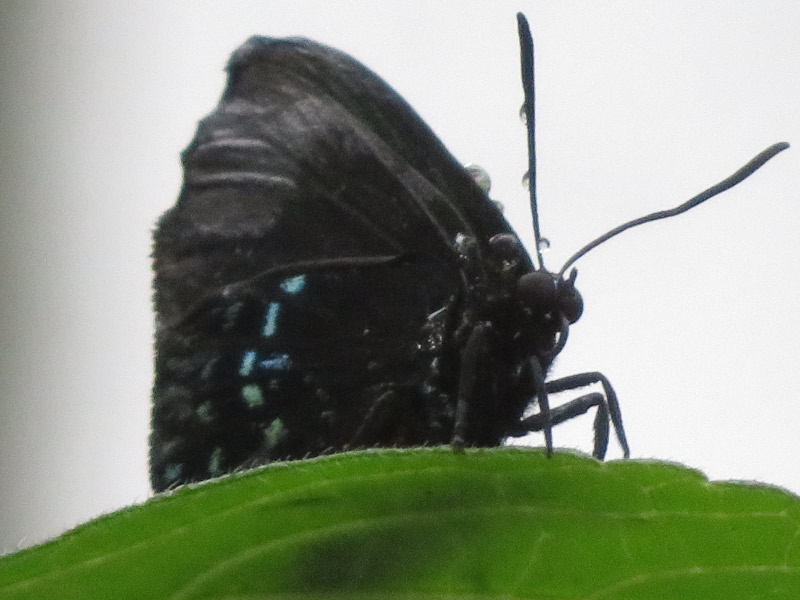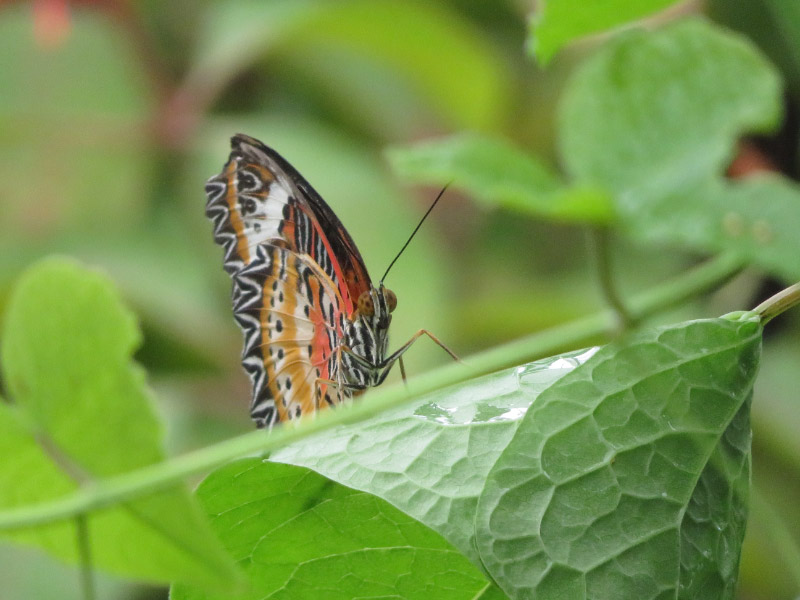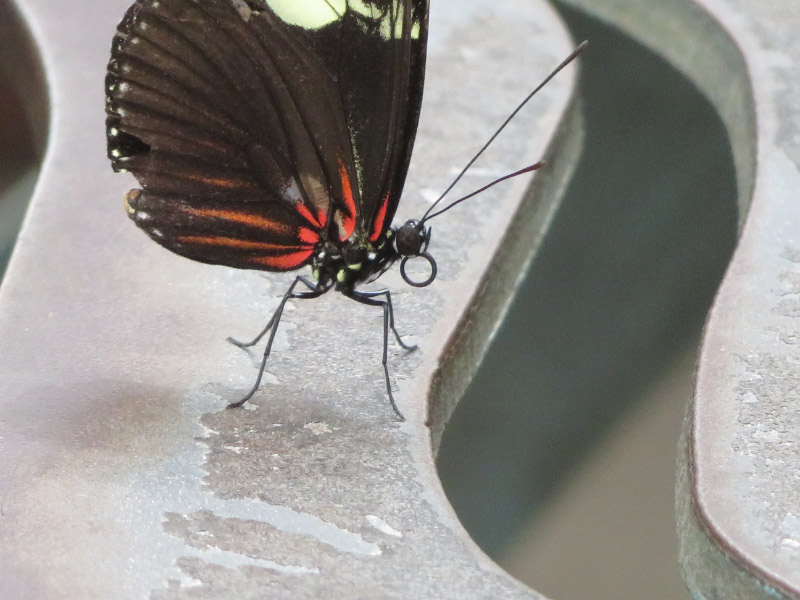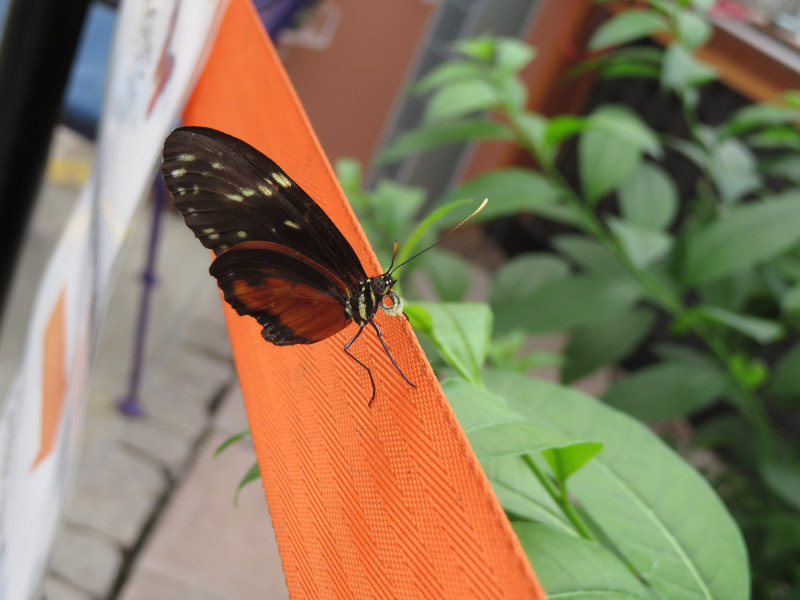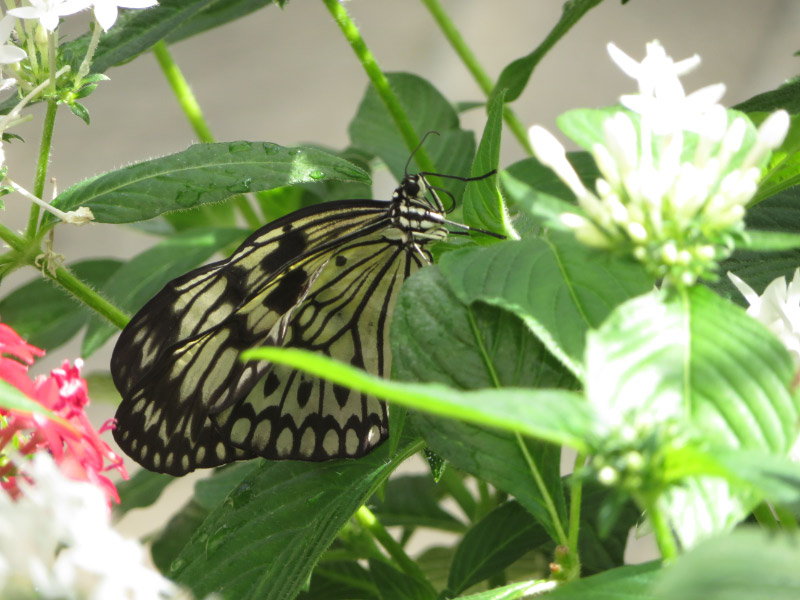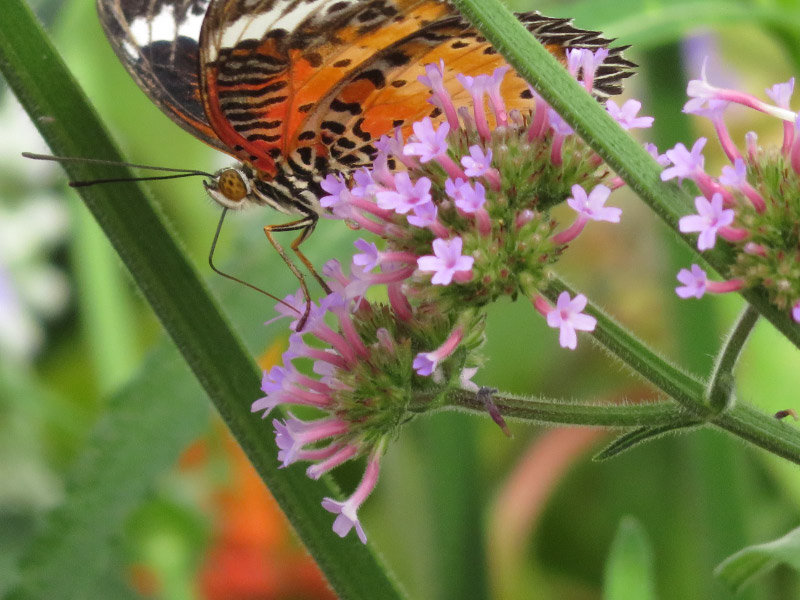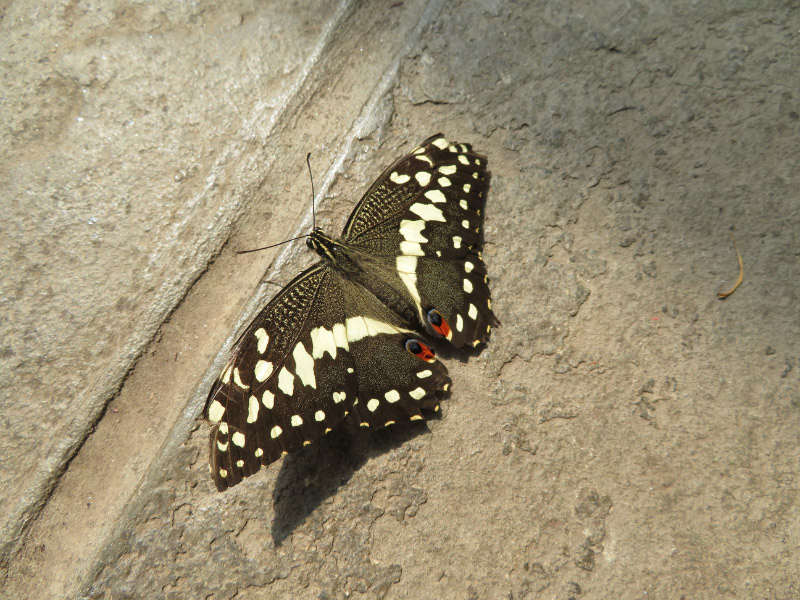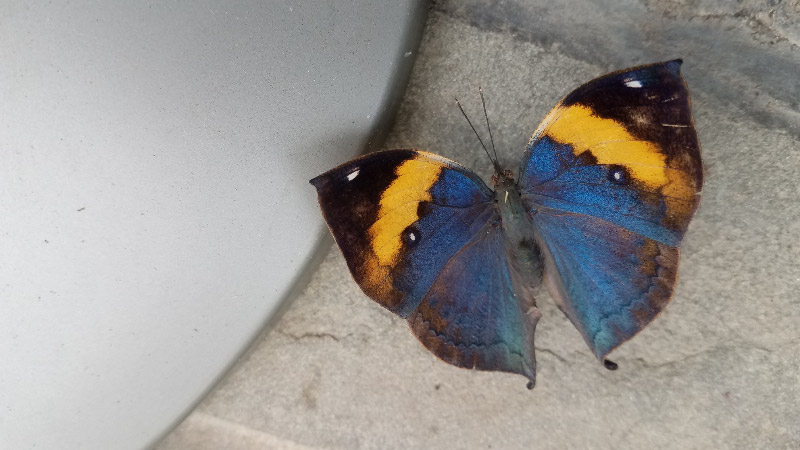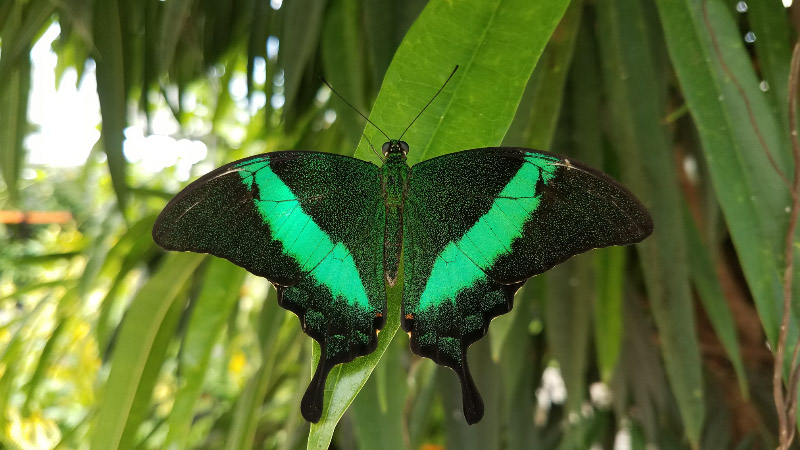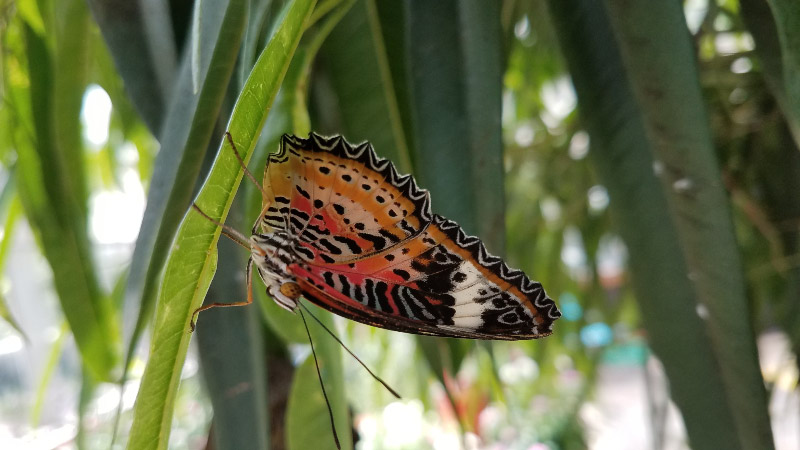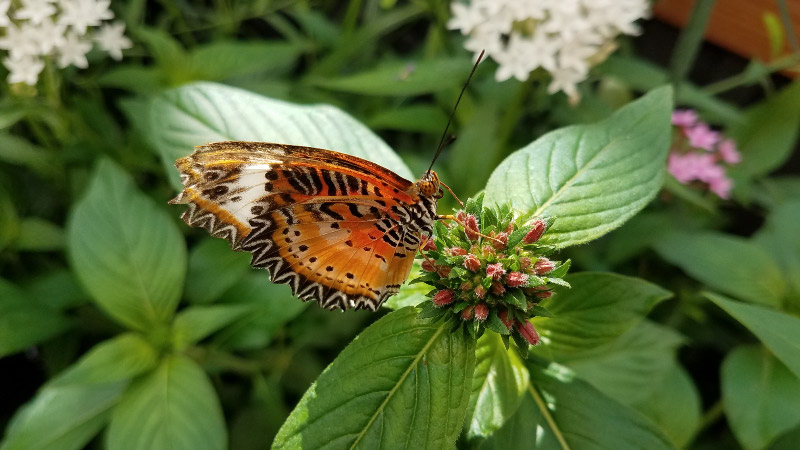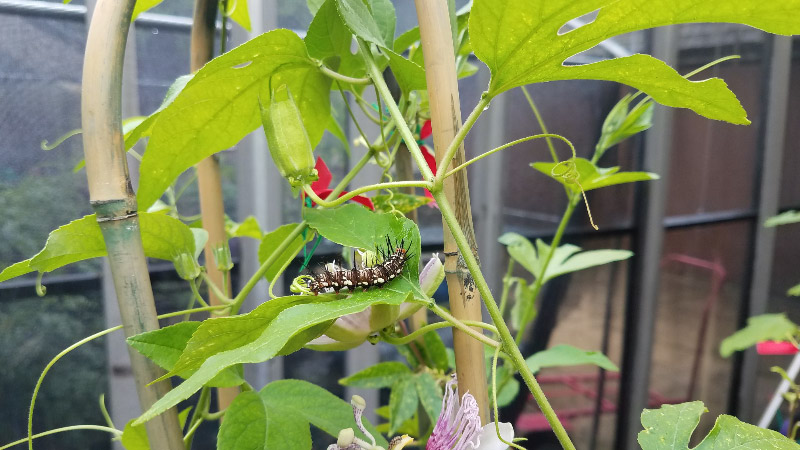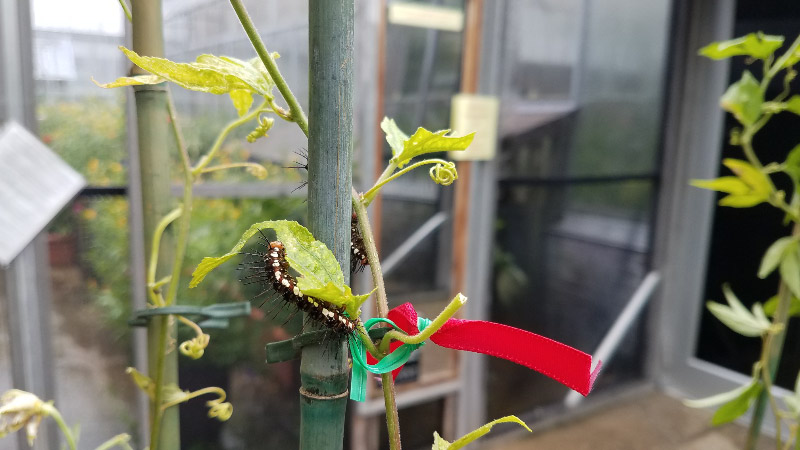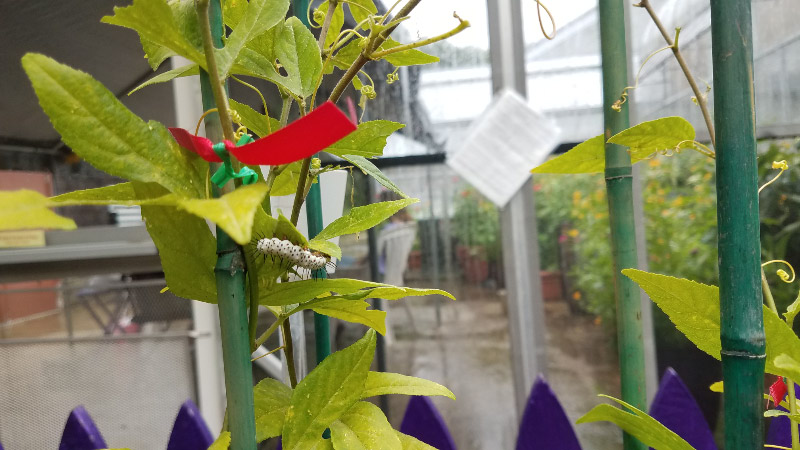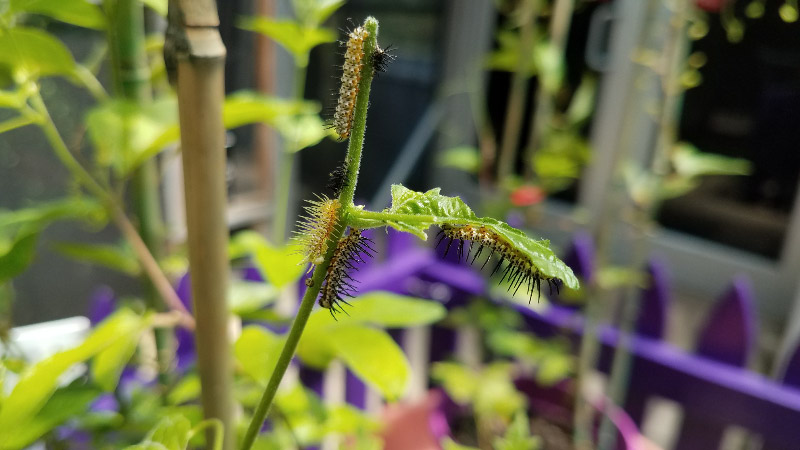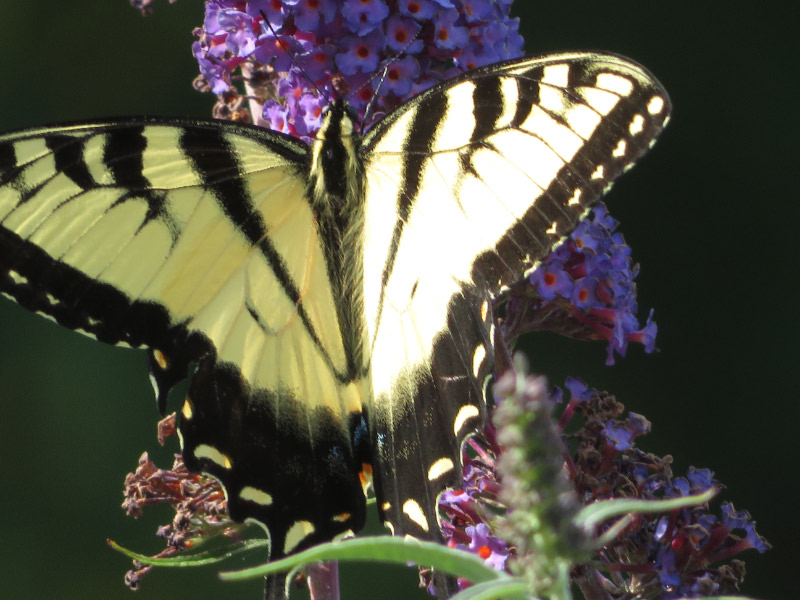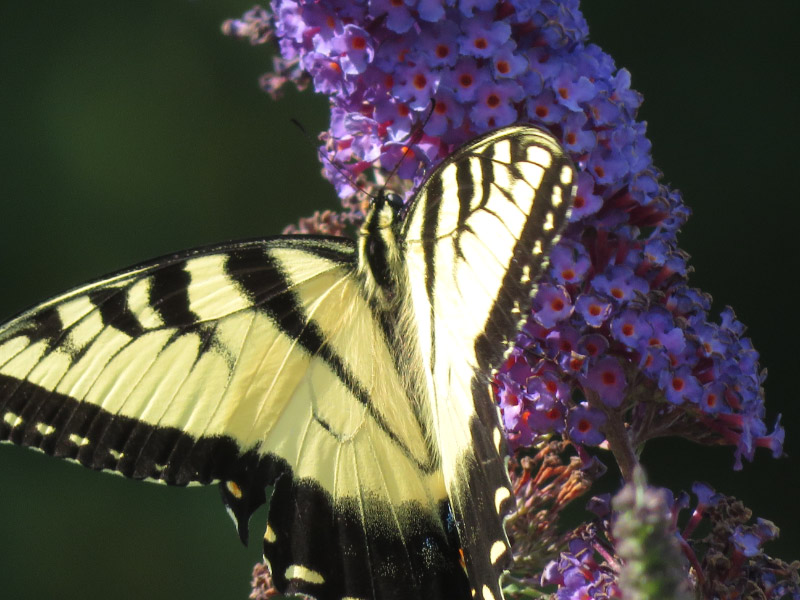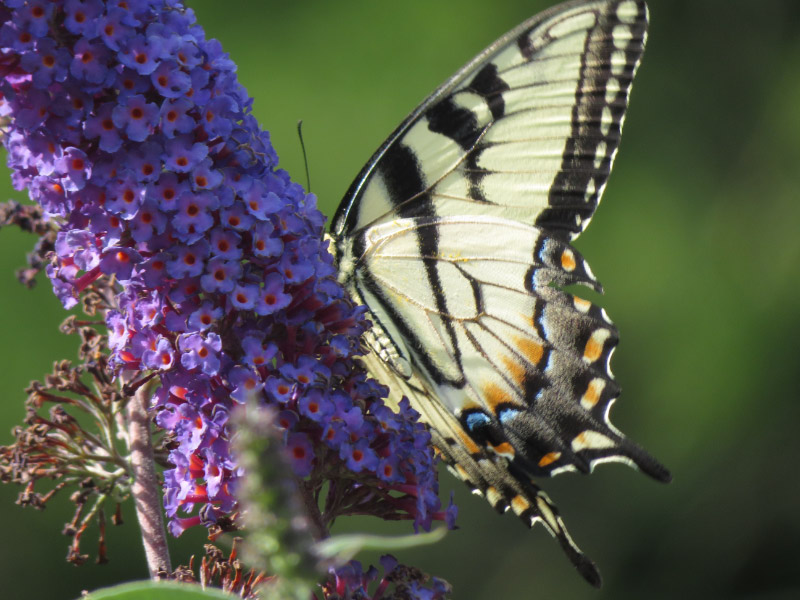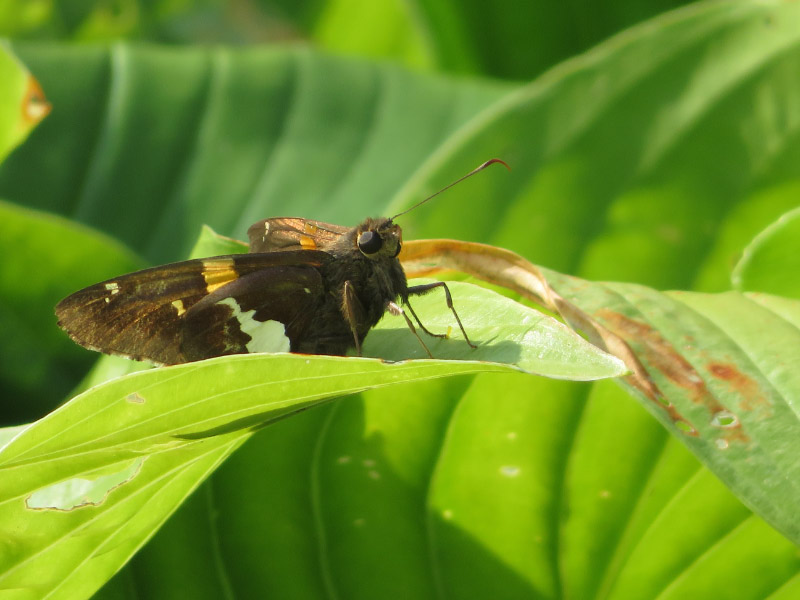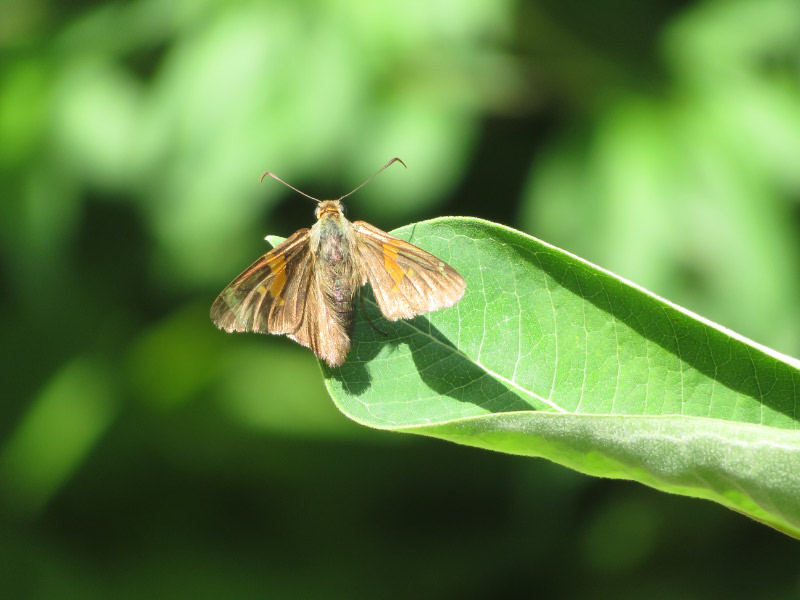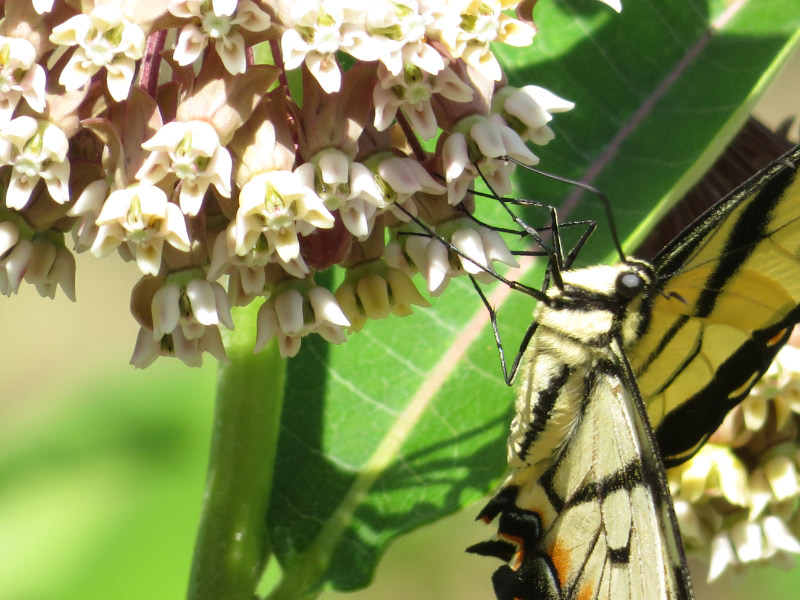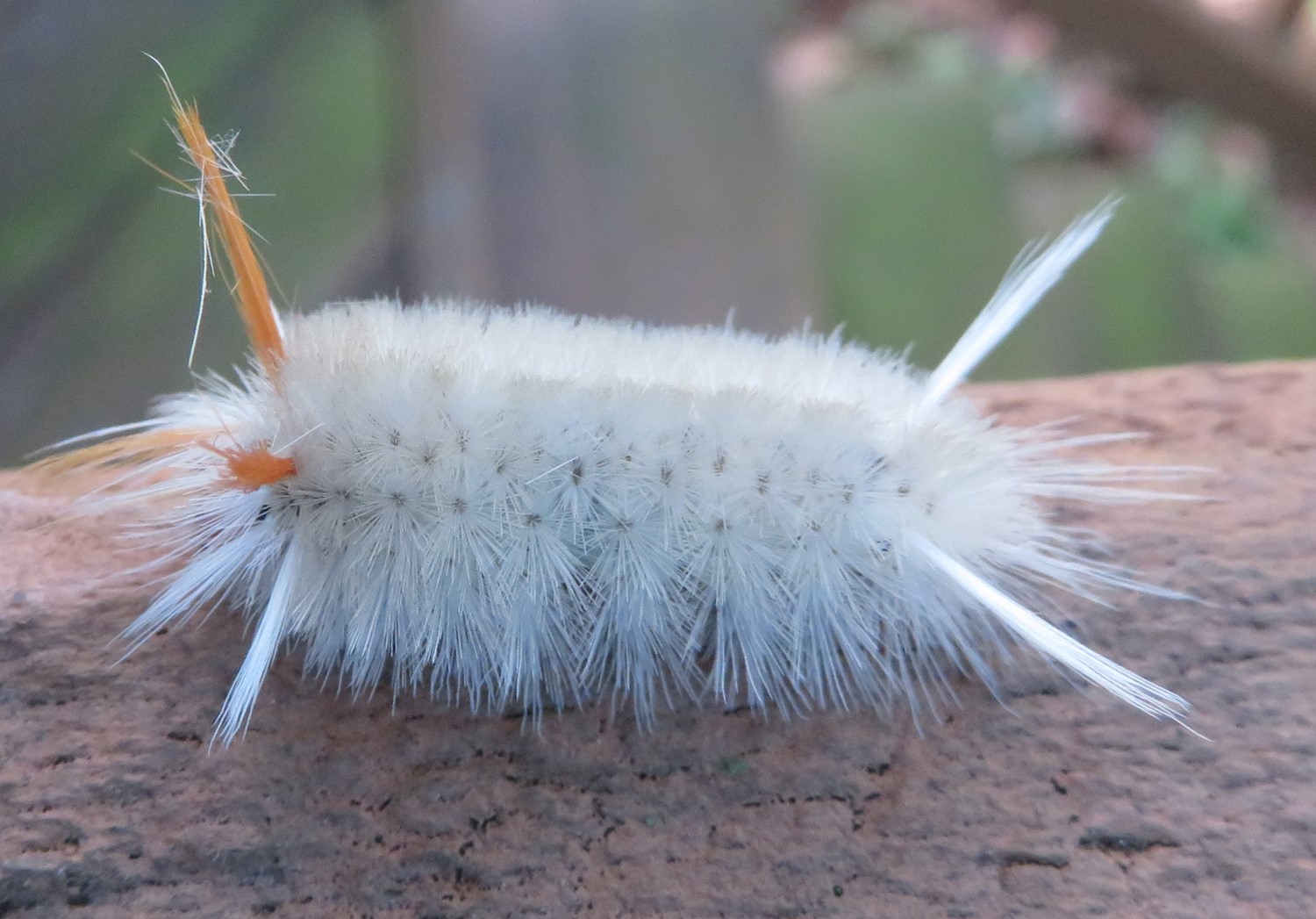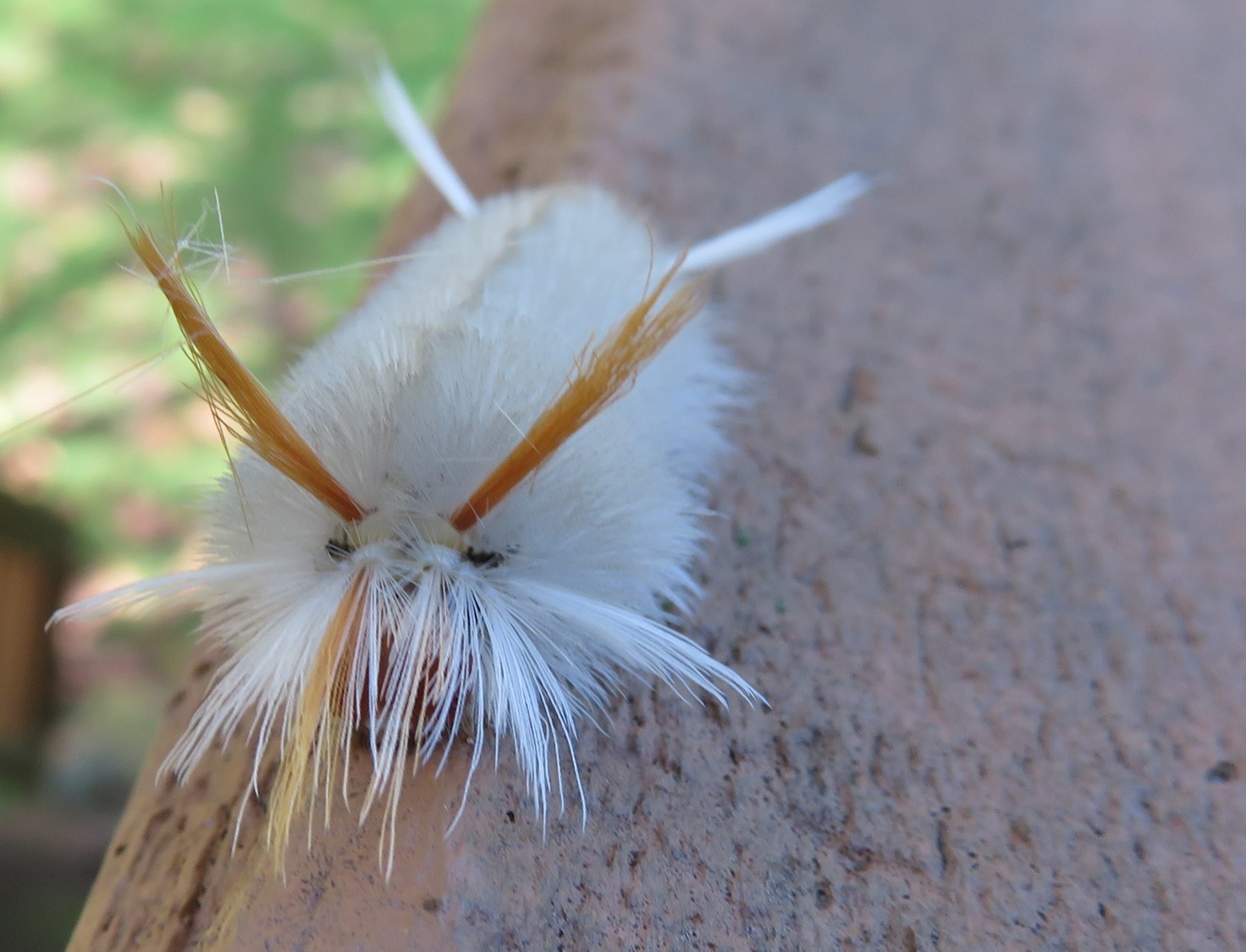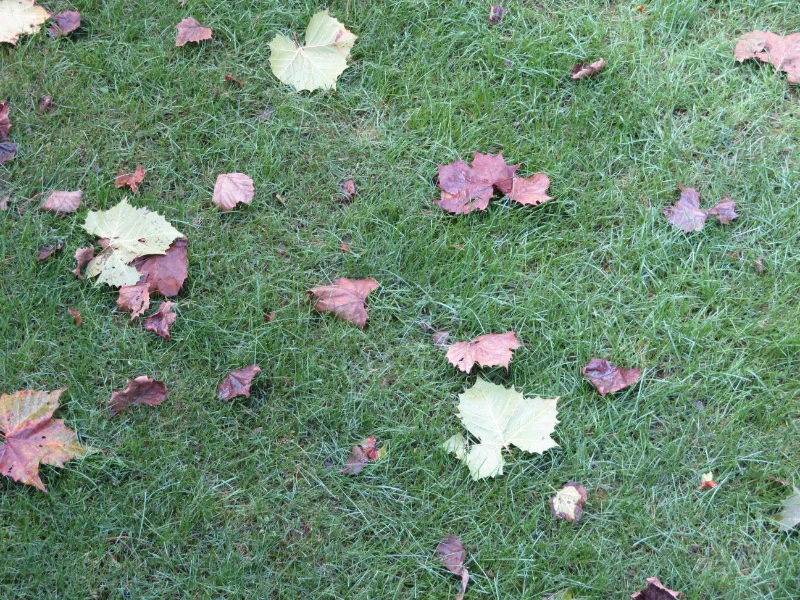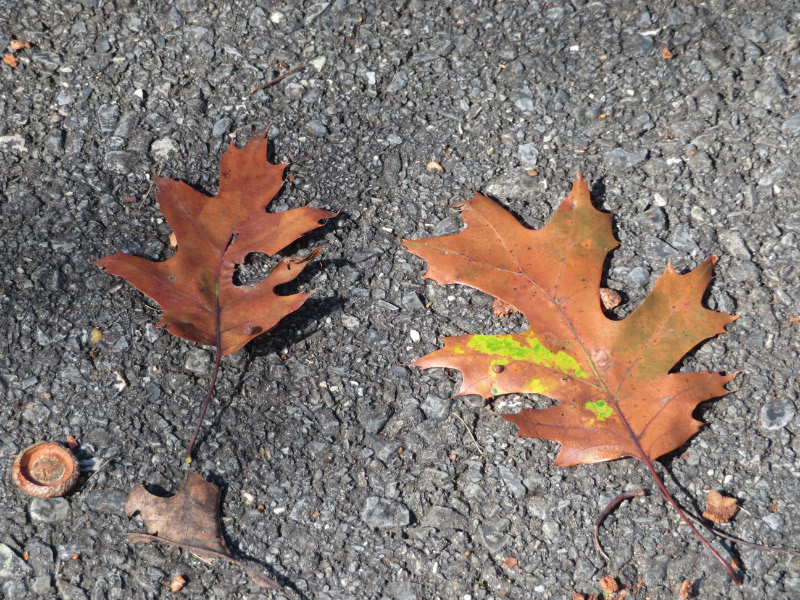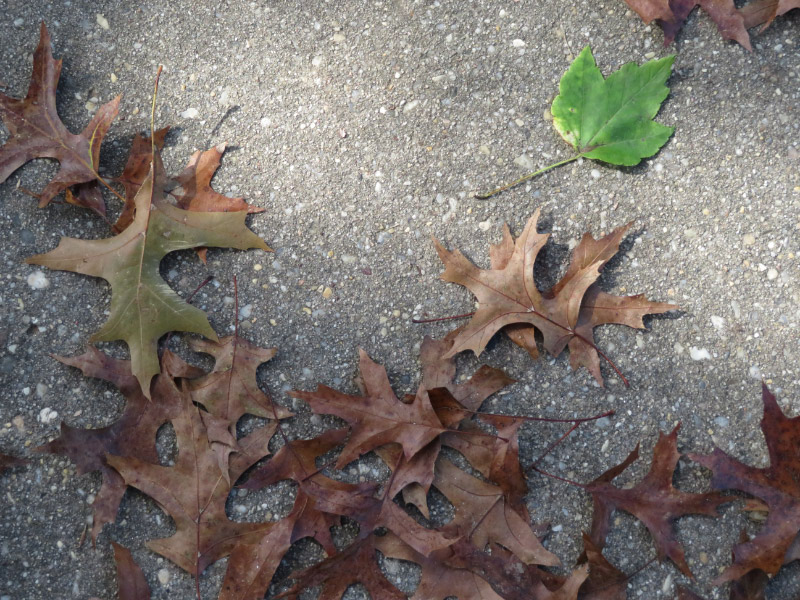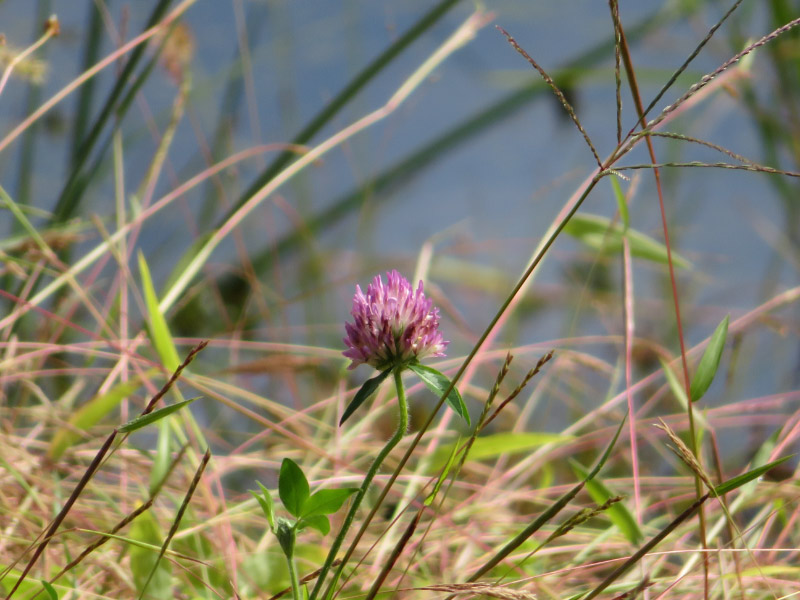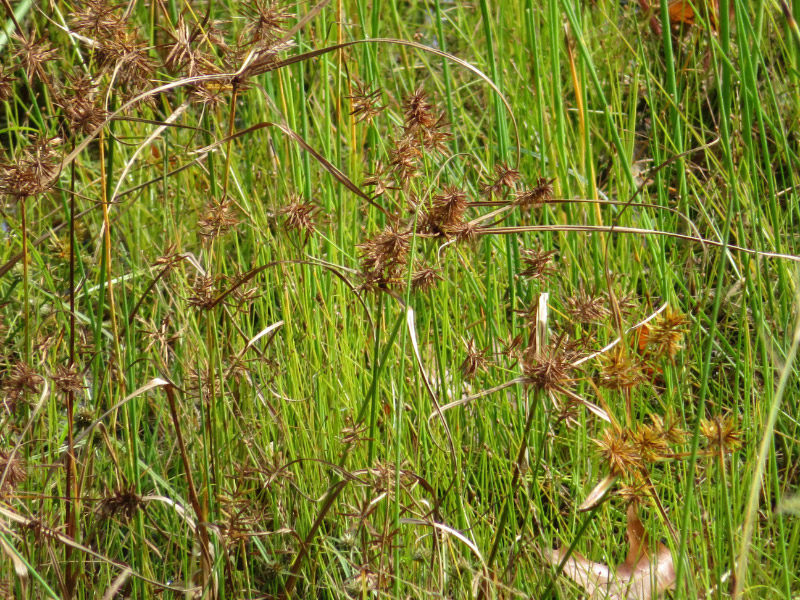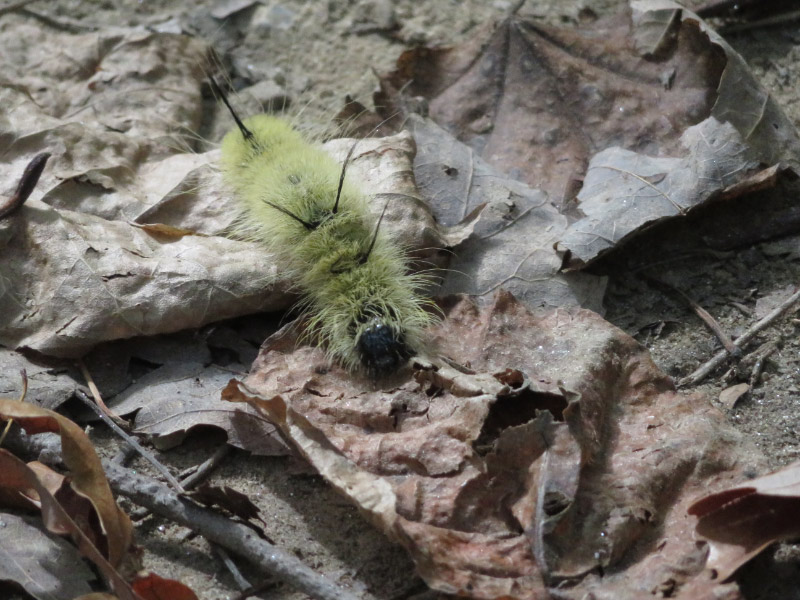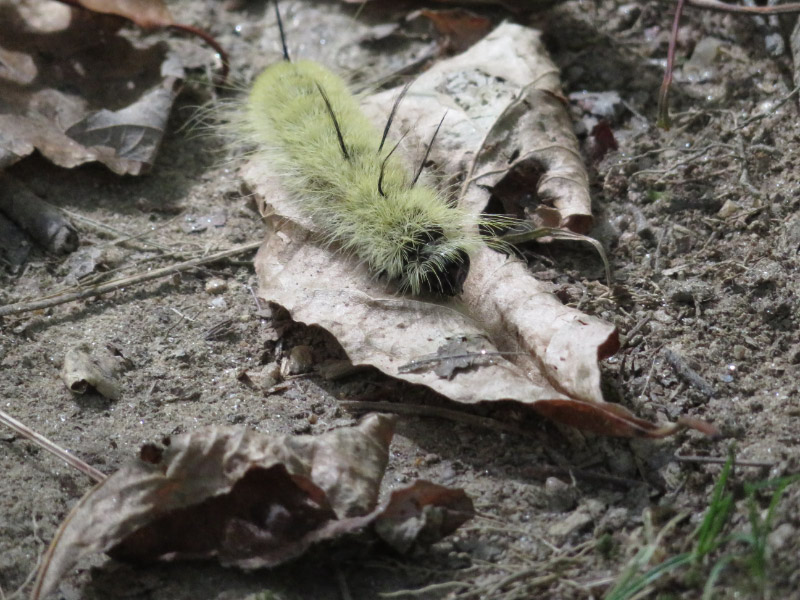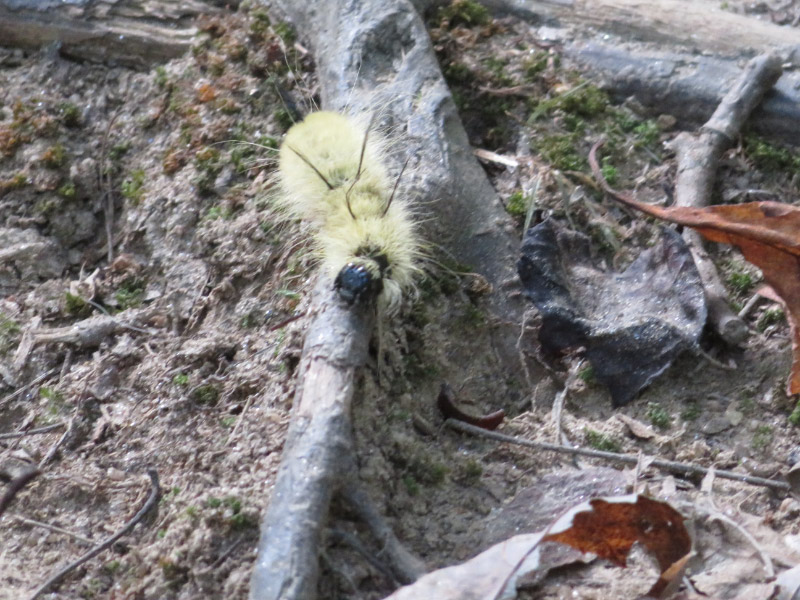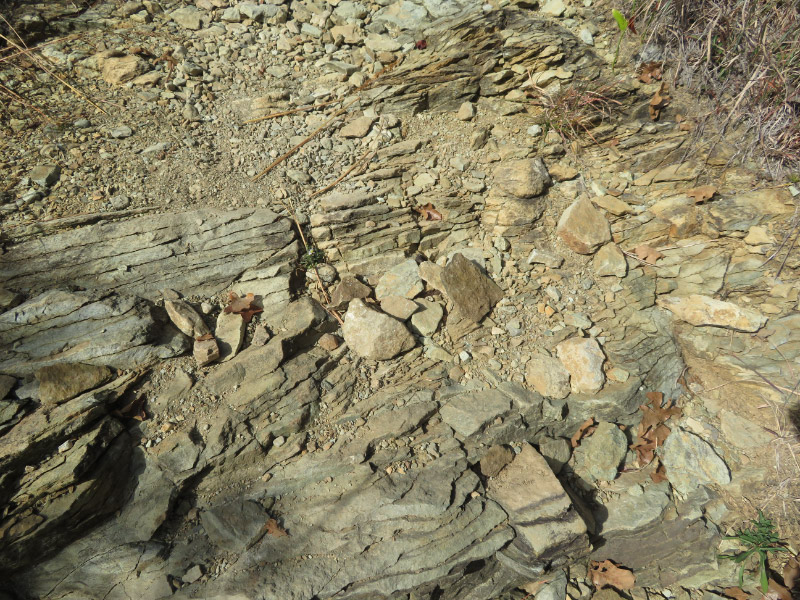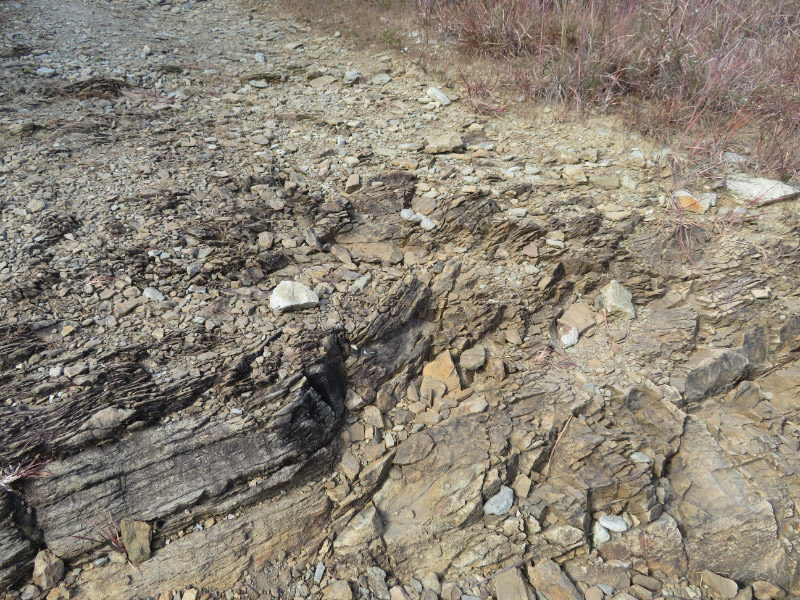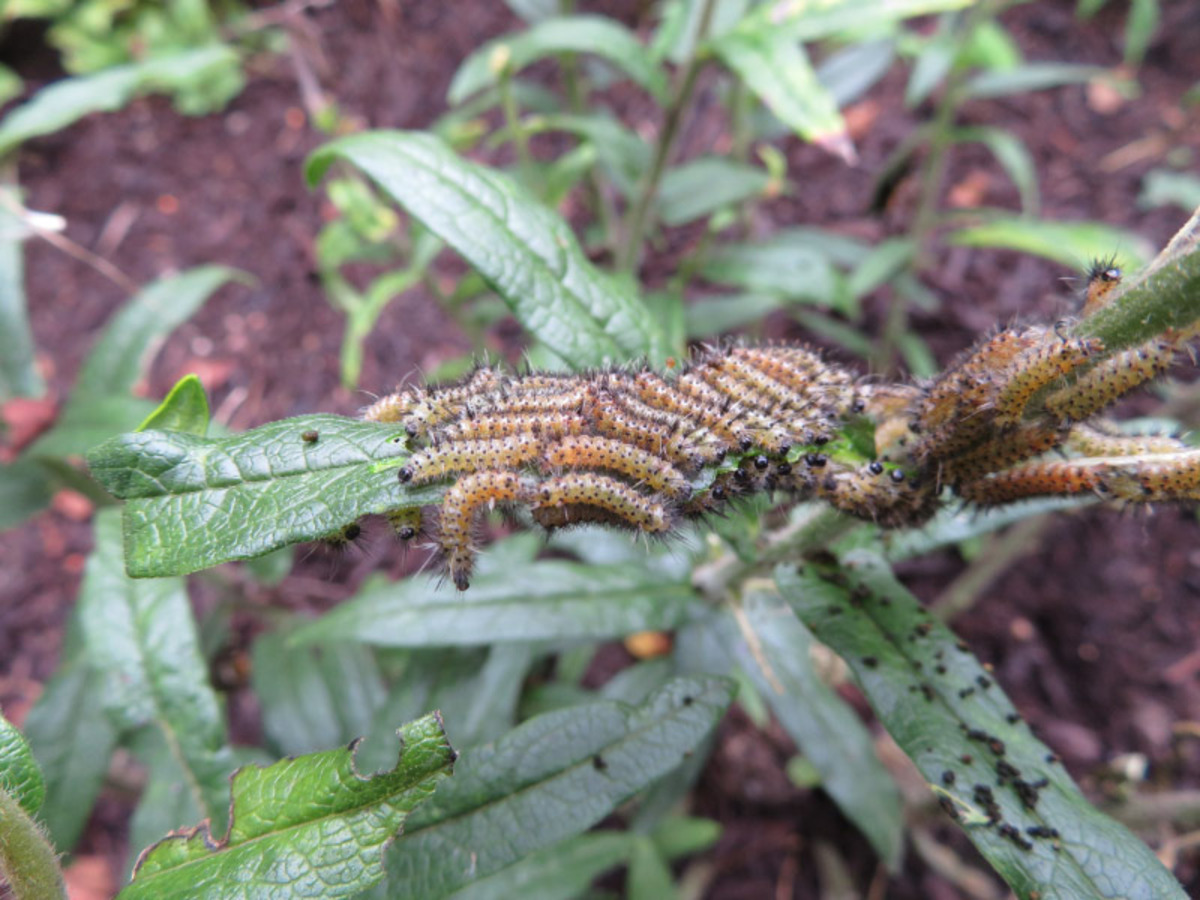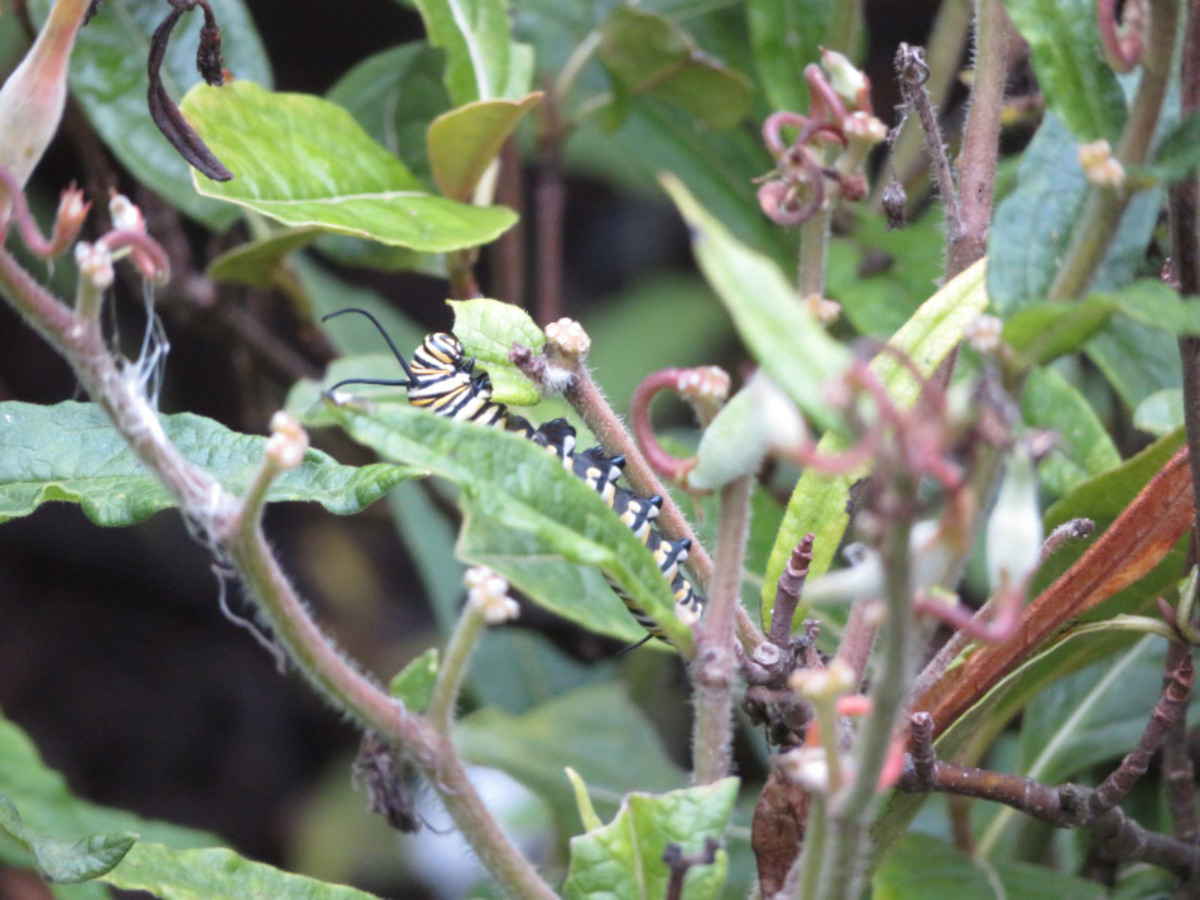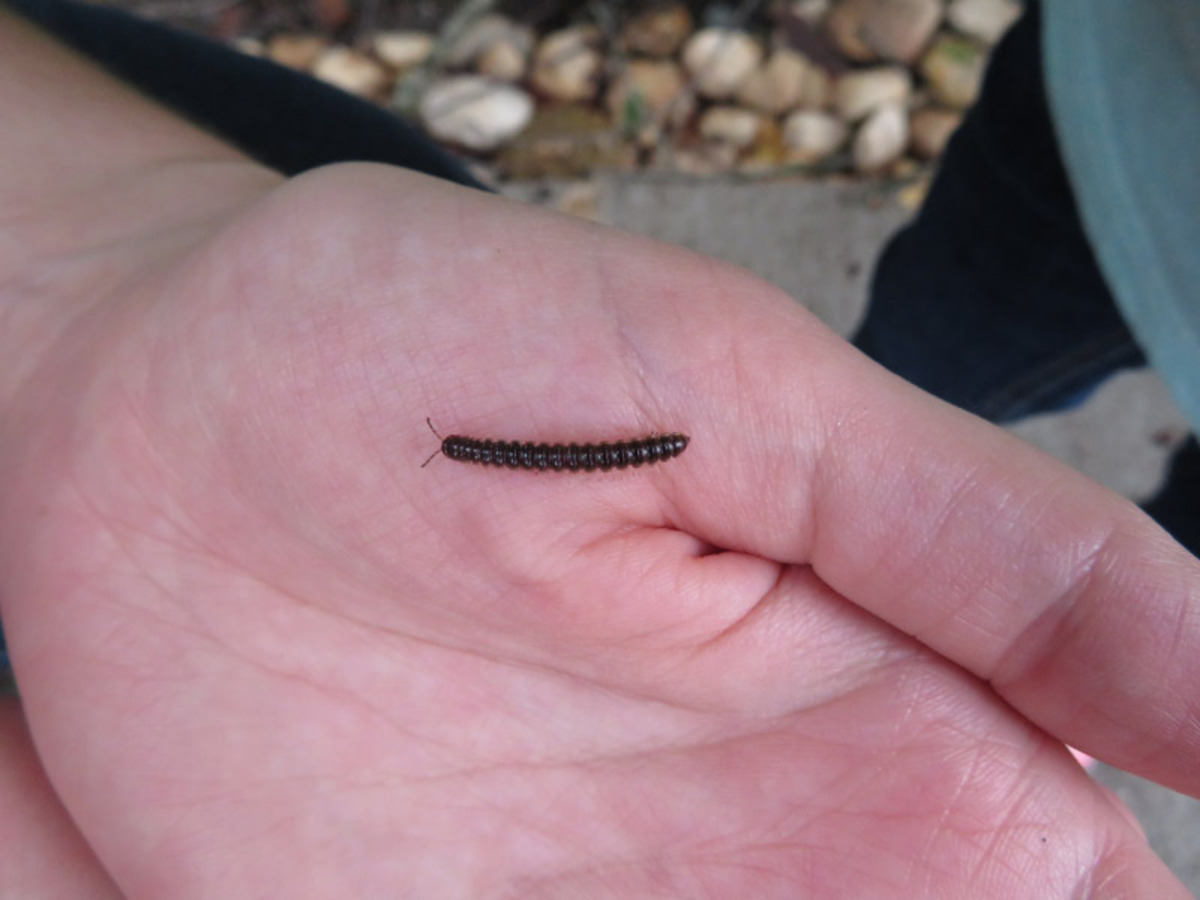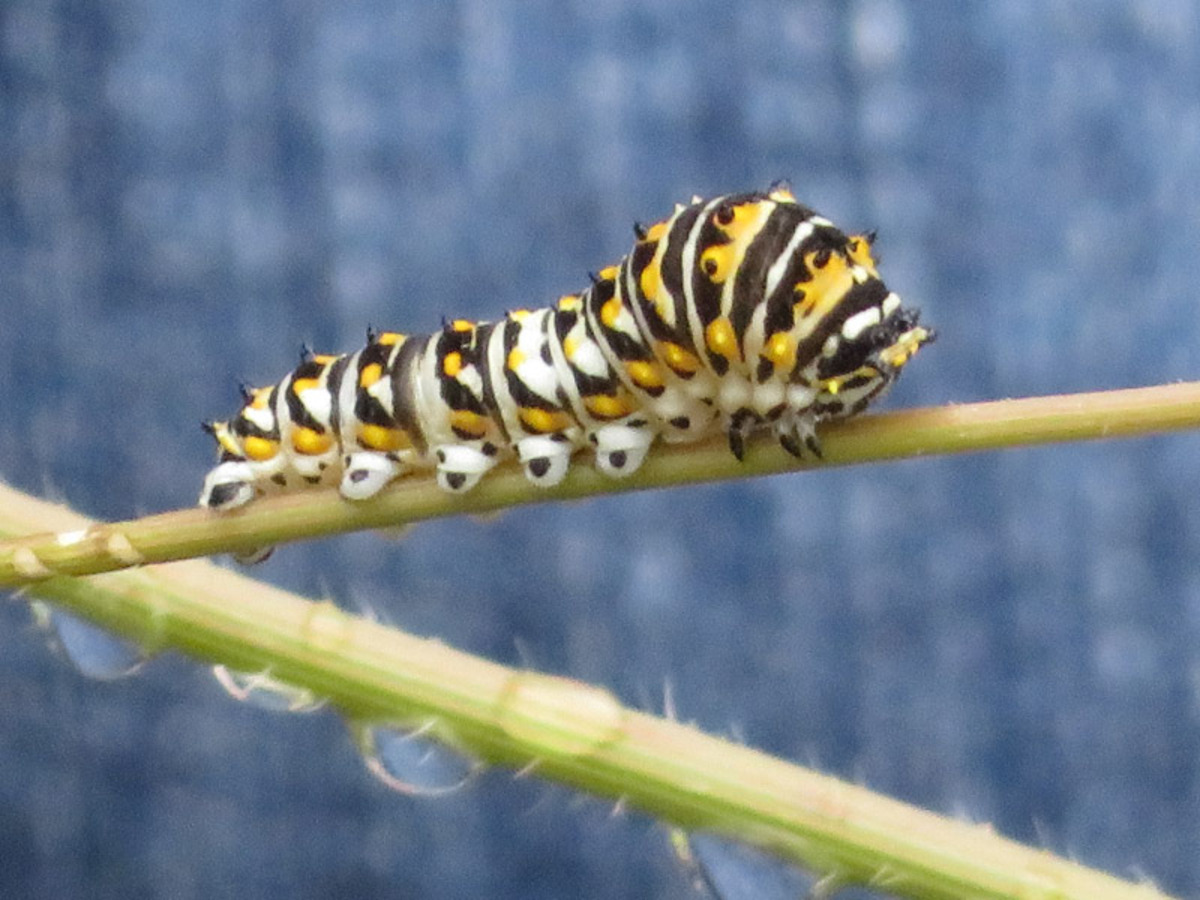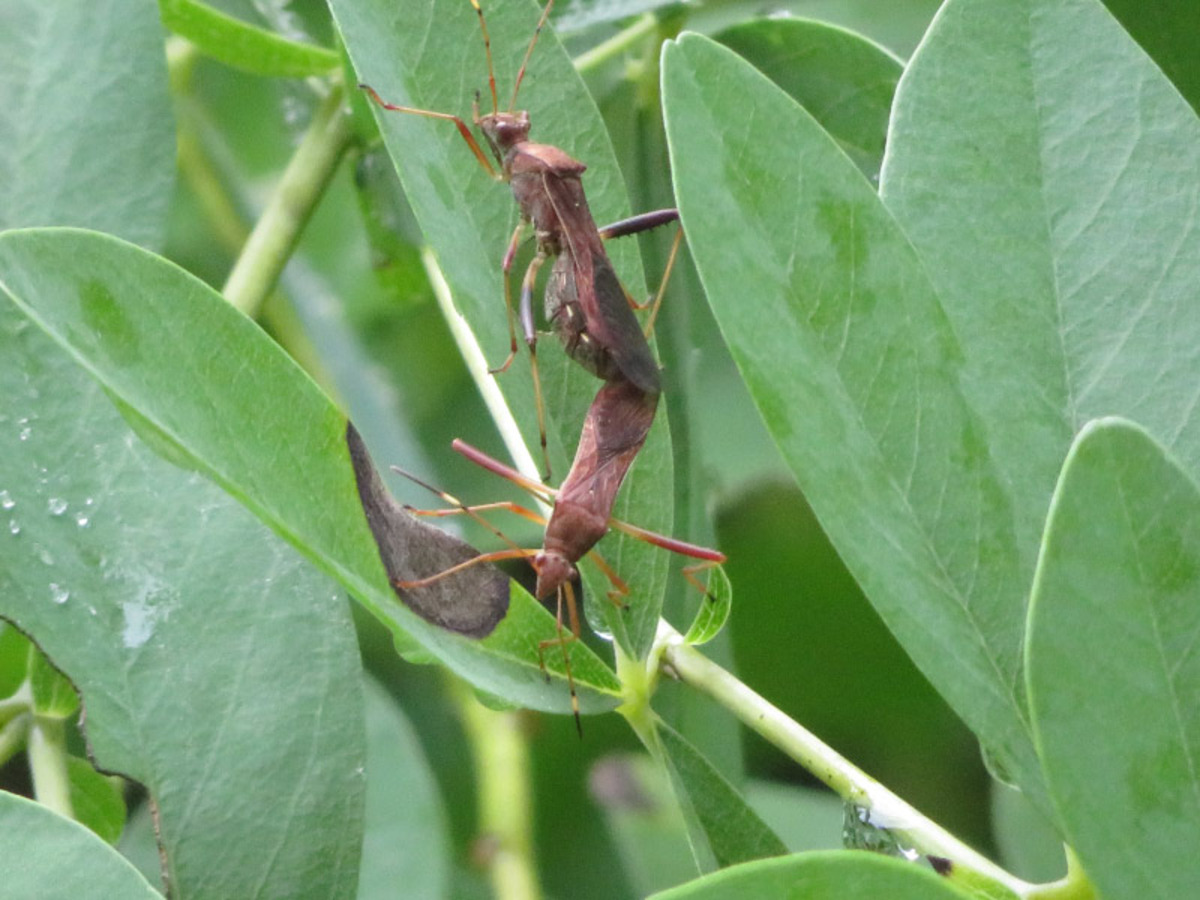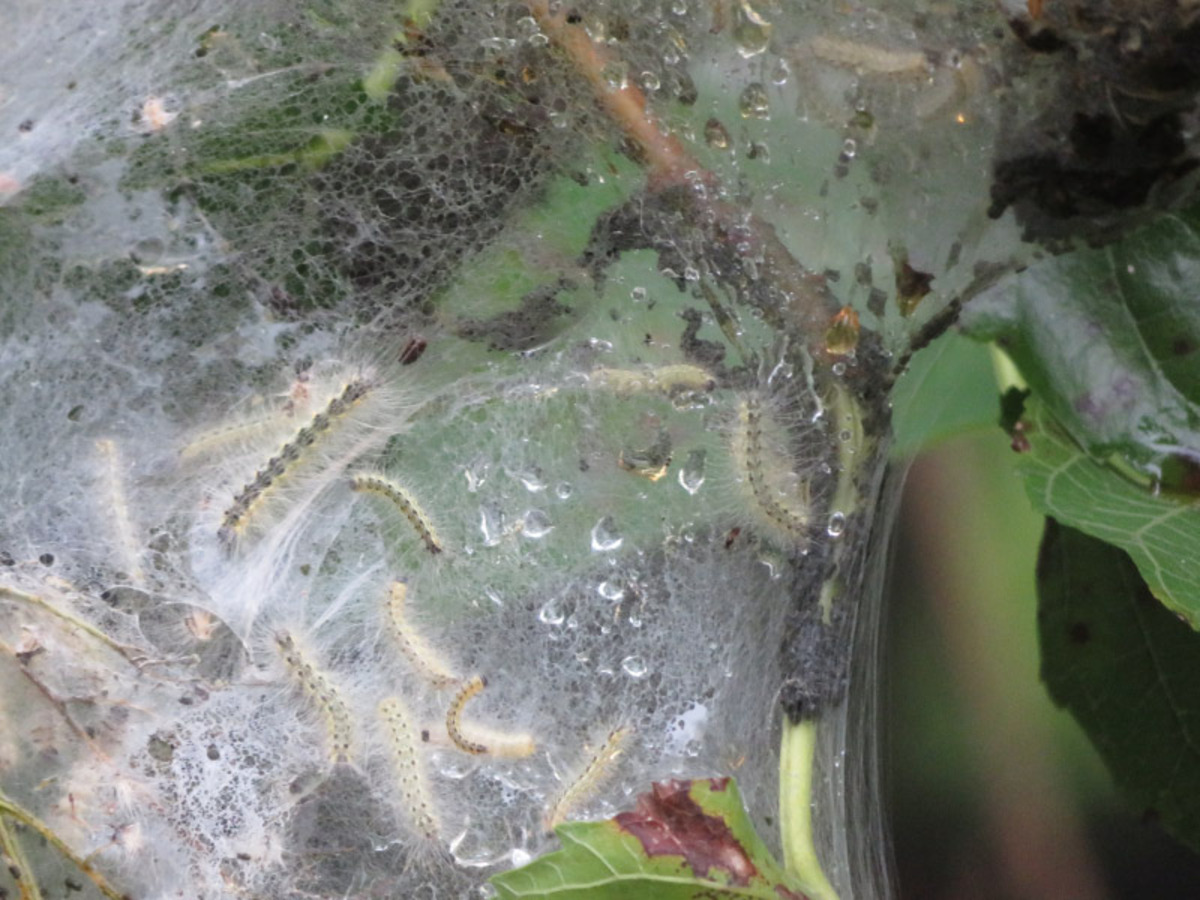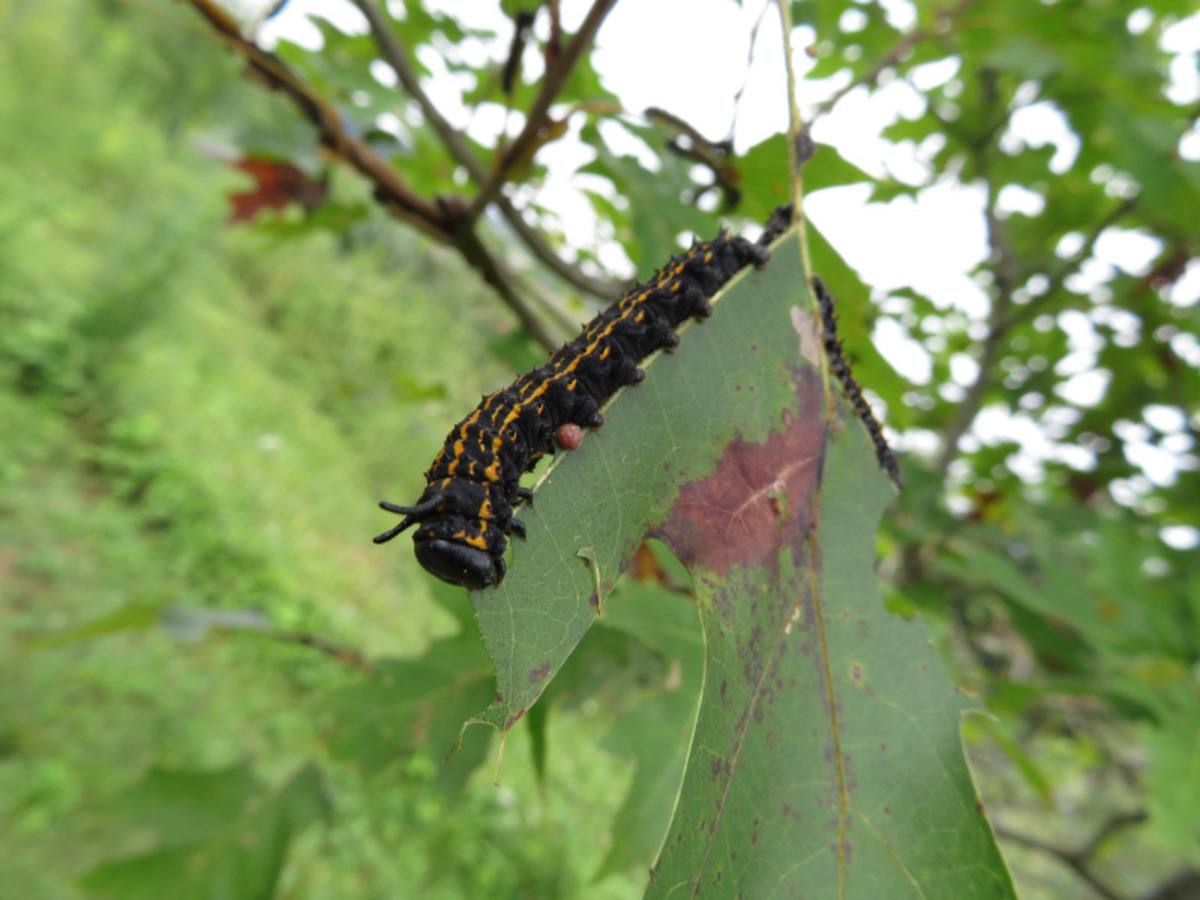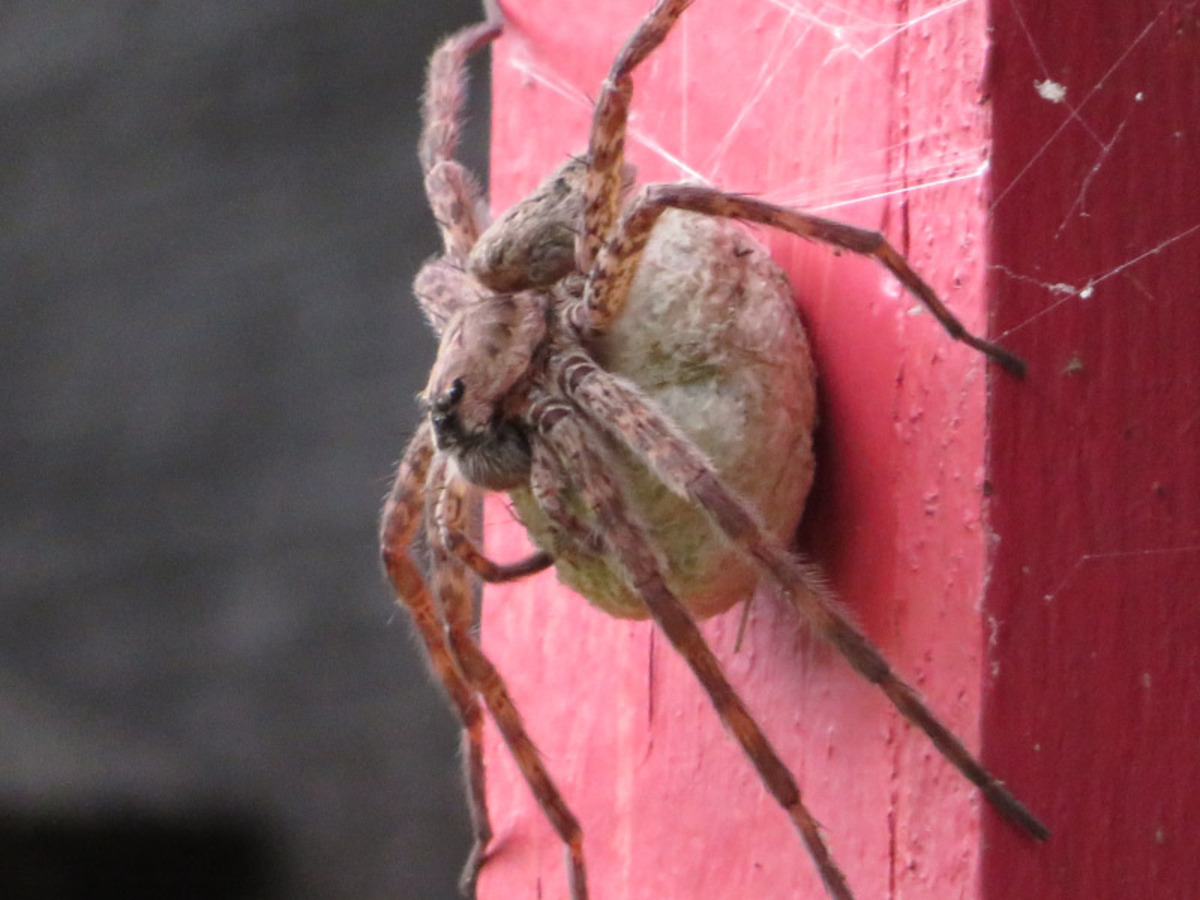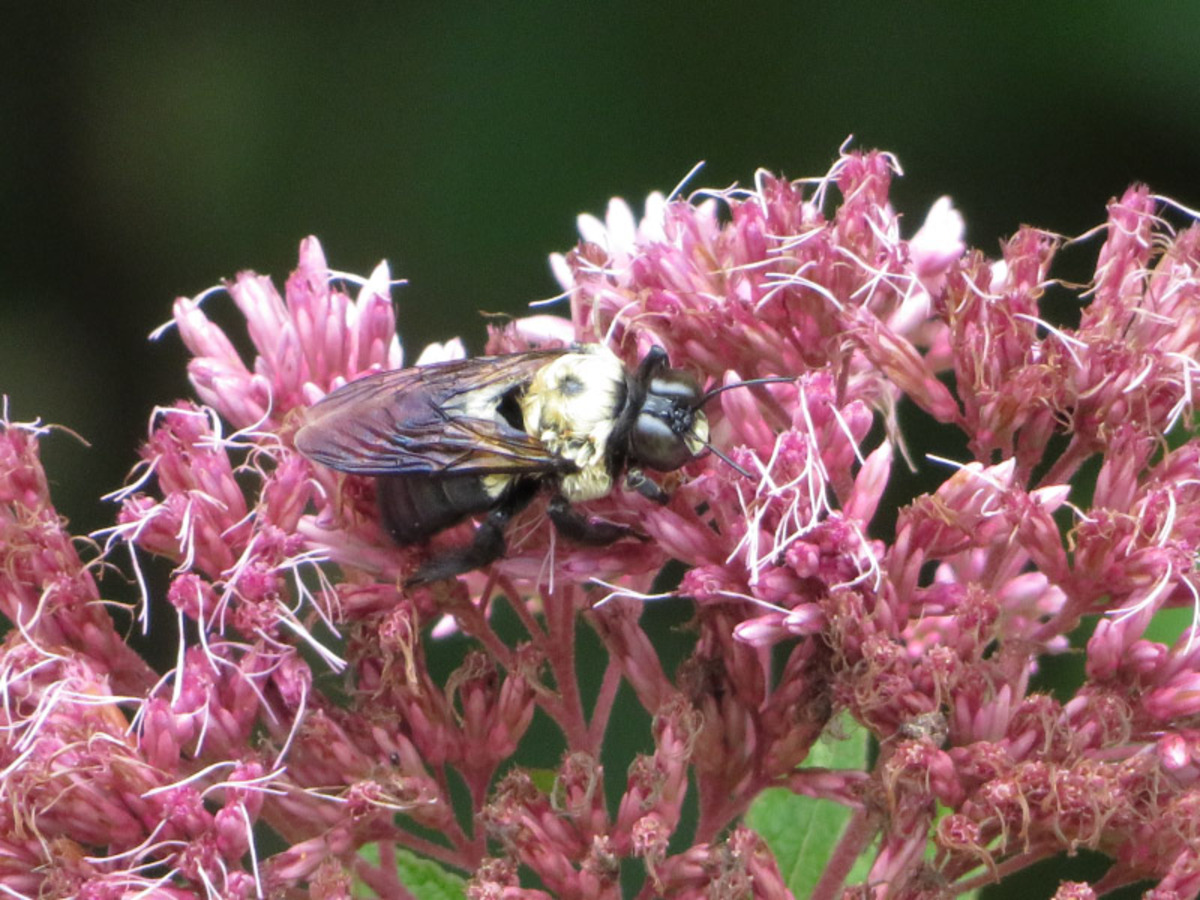Gleanings of the Week Ending May 18, 2024
/The items below were ‘the cream’ of the articles and websites I found this past week. Click on the light green text to look at the article.
25 Years, 25 Images – Celebrating twenty-five years since the launch of NASA Earth Observatory (EO) on April 29, 1999 and the EO website with a slideshow!
Insurance Companies: Consider Climate Risk Events As “Constant Threats” - Up until recently, most people weren’t concerned with how their ability to be insured would change — until catastrophic climate disasters began to wreak havoc on communities around the country. I am very glad I don’t own property in Florida or south Texas or California!
New Constitution Gardens (in Washington DC) Will Be a Biodiversity Mecca – Glad there are plans to improve the area. I always enjoyed it even though it was beginning to show its age in the 1990s and early 2000s when we lived in Maryland and visited with our young daughter.
Stunningly Preserved Ancient Roman Glassware Turns Up in a French Burial Site – Found during construction of a new housing development. I am always amazed at how durable a material we normally thing of as ‘breakable’ can be!
Cicada dual emergence brings chaos to the food chain - Cicada emergences can completely rewire a food web. For predators, these emergences are a huge boom in resources. It's basically like an all-you-can-eat buffet for the hungry predator. A study, published in 2023, found the emergence of periodical cicadas changes the diets of entire bird communities. Scientists have found that wild turkeys, for example, will capitalize on the bounty, leading to a wild turkey boom. However, caterpillars, usually preyed on by birds, were left off the dinner menu and their numbers more than doubled. This in turn led to damage to trees caused by out-of-check caterpillar populations. Rising temperatures will lead to periodical cicada emergences starting earlier in the year, experts believe, as well as an increase in unexpected, "oddly-timed" emergences.
Earlier Springs Cause Problems for Birds - As climate change warms our planet, causing spring to arrive weeks earlier than it has historically, birds are struggling to keep up. It’s not just the green vegetation they miss, but the pulse of protein-rich insects many bird species consume on both their breeding grounds and their migratory stop-over points. Birds will still breed but not quite as successfully because food will be more limited. Instead of chicks hatching as insect populations boom, those chicks may catch the end of the insect pulse.
Why you should let insects eat your plants – I skew the additions to my yard toward native plants….and let whatever insects show up enjoy. My community sprays for mosquitos so there probably is some reduction of other insects because of that. But there are enough left to support a barn swallow (and other insect eating birds) flock in our community.
Quantifying U.S. health impacts from gas stoves - Even in bedrooms far from kitchens, concentrations of nitrogen oxide frequently exceed health limits while stoves are on and for hours after burners and ovens are turned off. All the houses I’ve purchased as an adult, have had electric stoves/ovens except one and I only lived there for 3 years. But – in the 1950s and 1960s, my parents had gas stoves/ovens. Back then the houses were not as airtight as they are now so that might have reduced our exposure; my sisters and I never had asthma or other breathing problems, fortunately.
Inside the exquisite Tibetan monasteries salvaged from climate change – Built in the 1300s, the monasteries are impacted by a significant increase in the intensity of storms and rainfall across the region. Increased rainfall saturates the rammed-earth buildings, as moisture in the soil is drawn upward into the walls, leading to issues such as leaking roofs and rising damp. Local people have gained diverse skills, from reinforcing walls to crafting metal statues and restoring paintings. Over the past 20 years, a team of local Lobas trained by Western art conservationists have replaced the old, leaky roofs of the temples with round timbers, river stones, and local clay for waterproofing, and have restored the wall paintings, statues, sculpted pillars and the ceiling decorations, giving these centuries-old monuments a new life.
Possible Conch Shell Communication in Chaco Canyon Explored - The settlements of Chaco Canyon that spread around each sandstone great house fit into the sphere of sound produced by conch shell trumpet blasts; perhaps the settlements were designed to ensure that every resident could hear the notifications.

